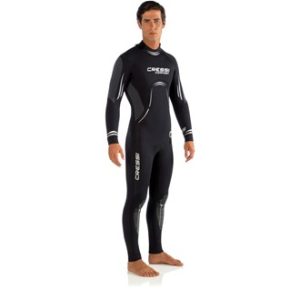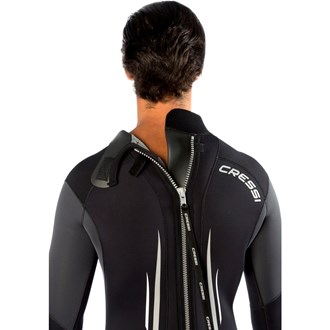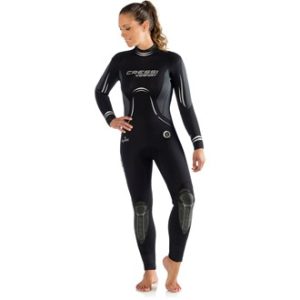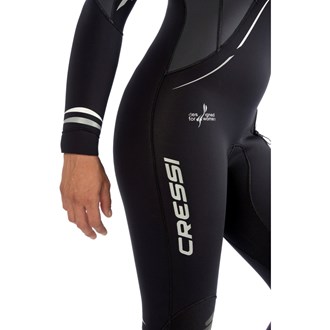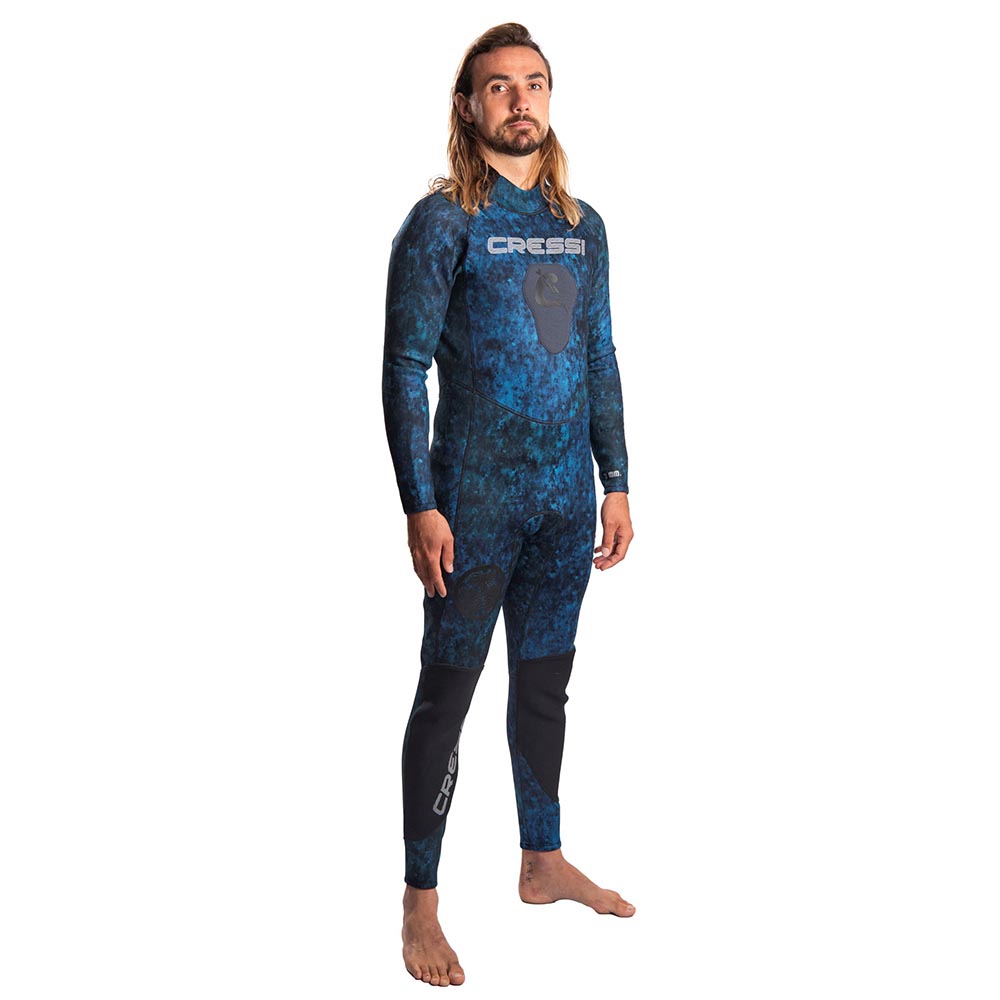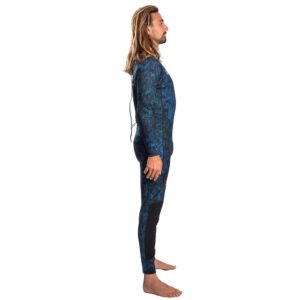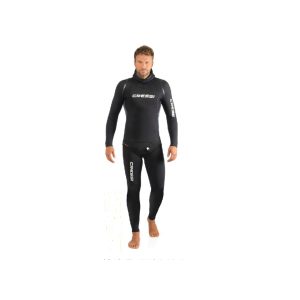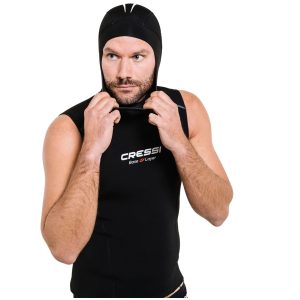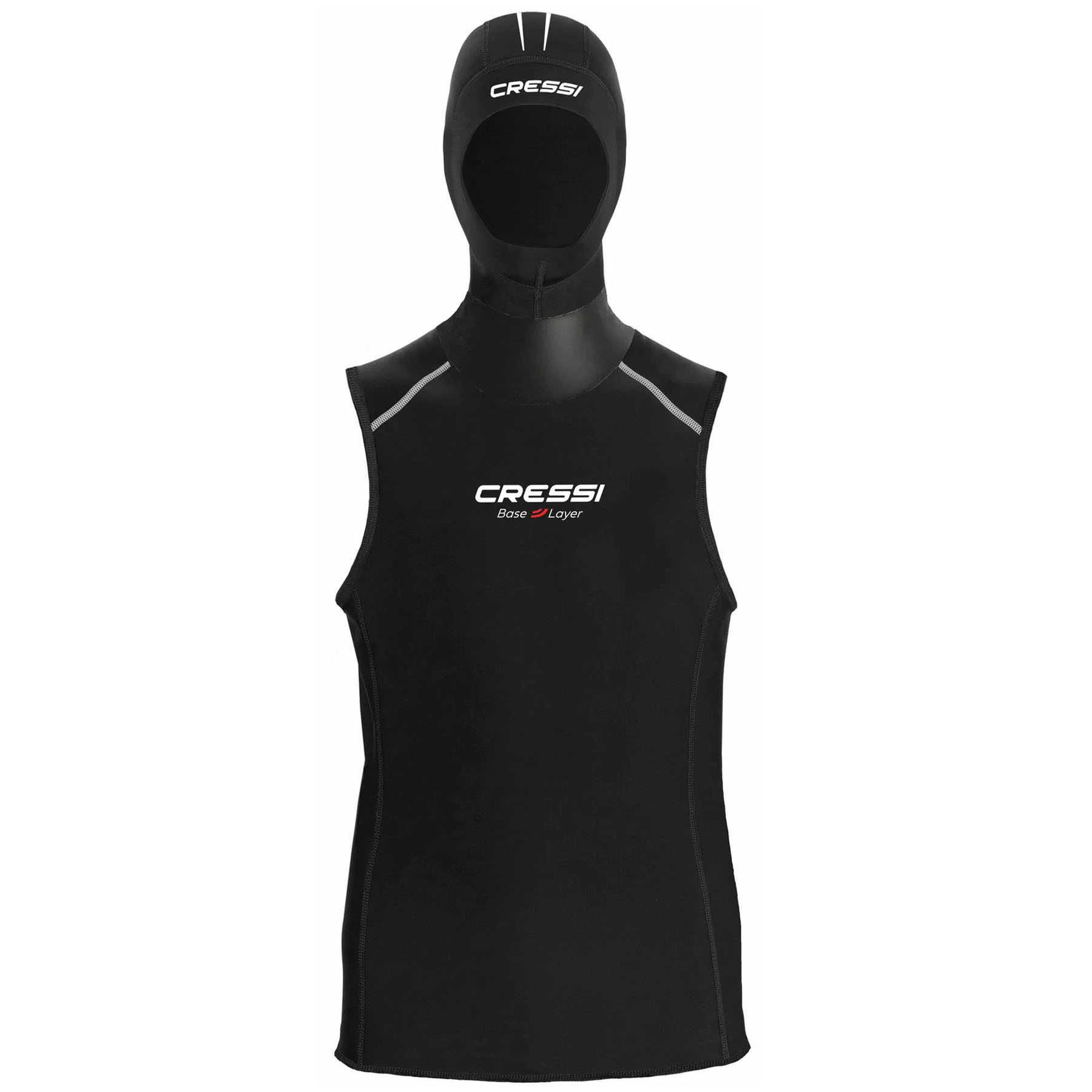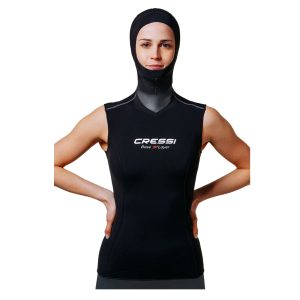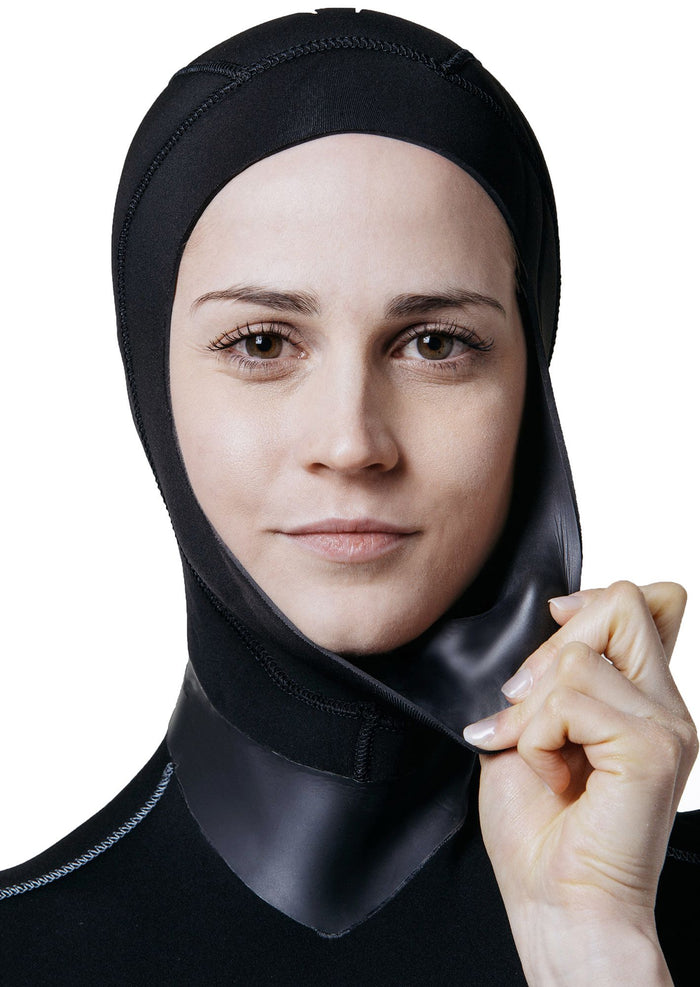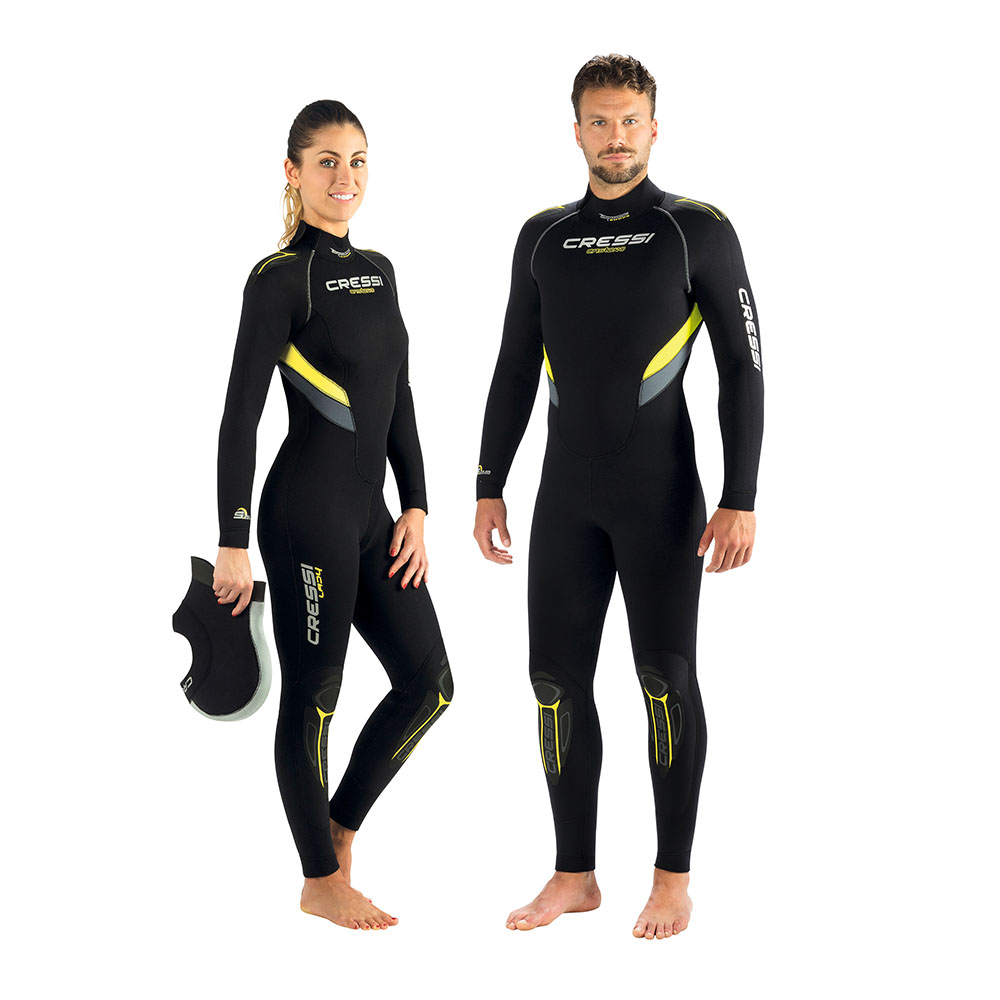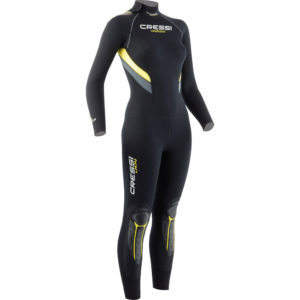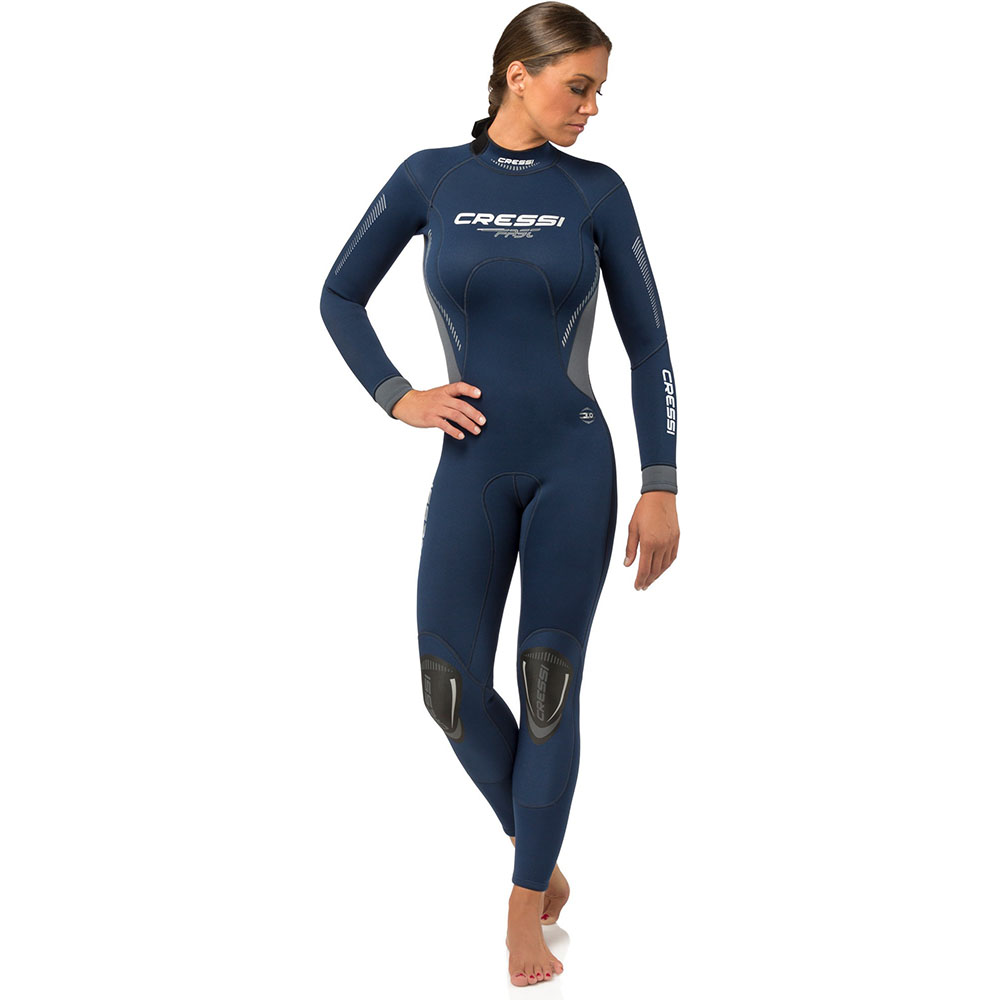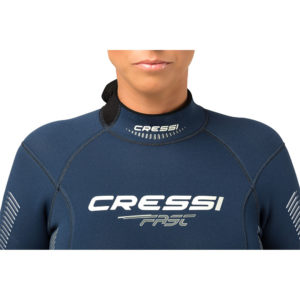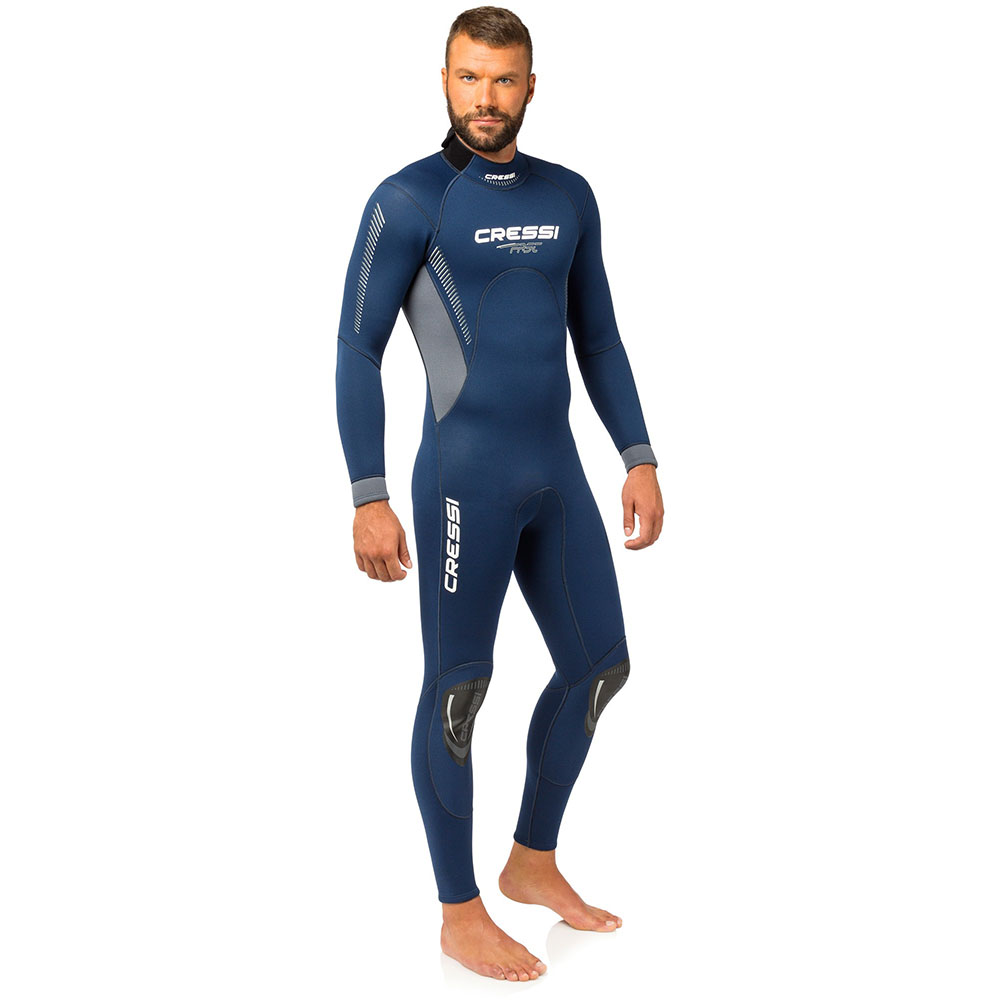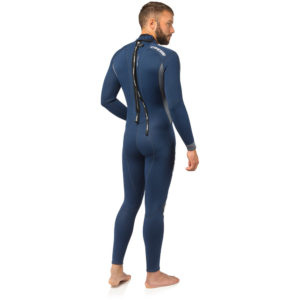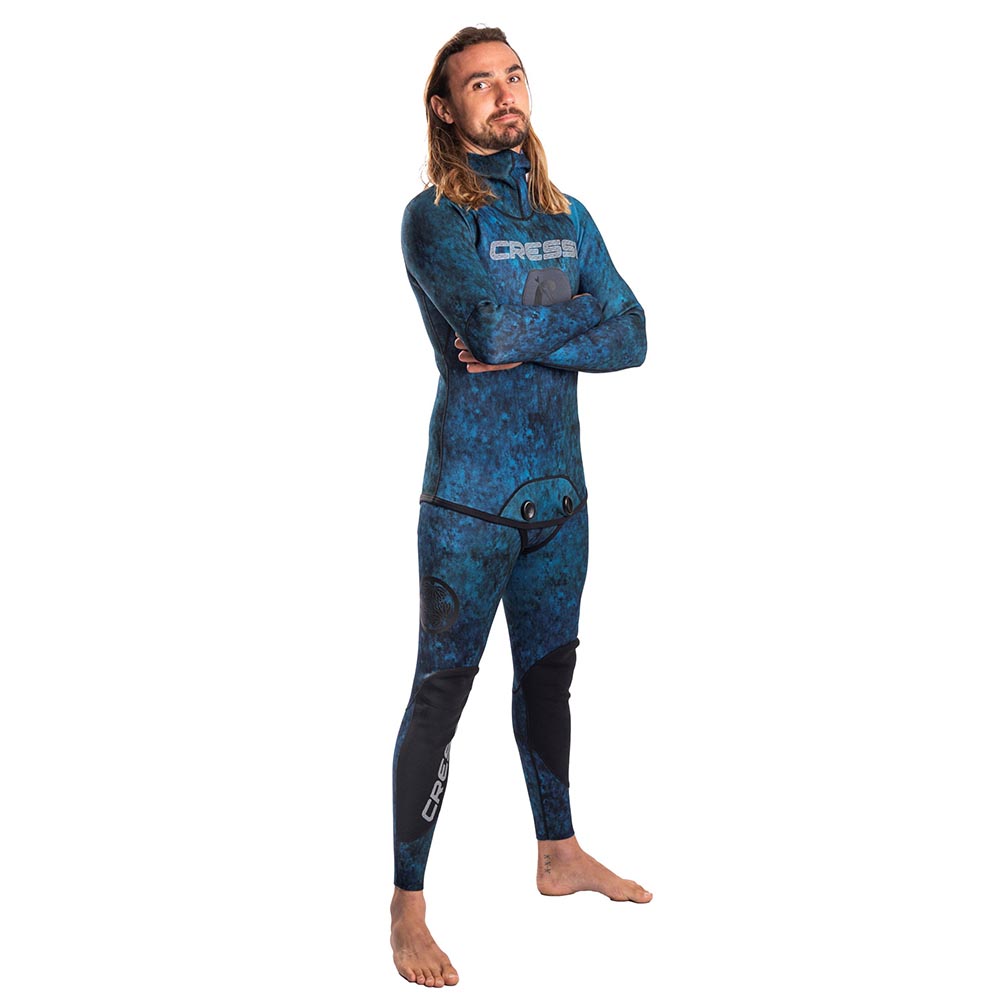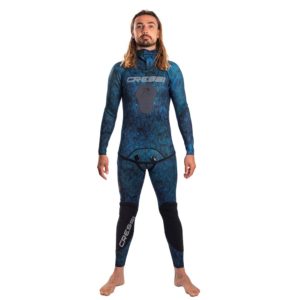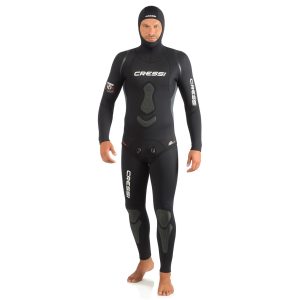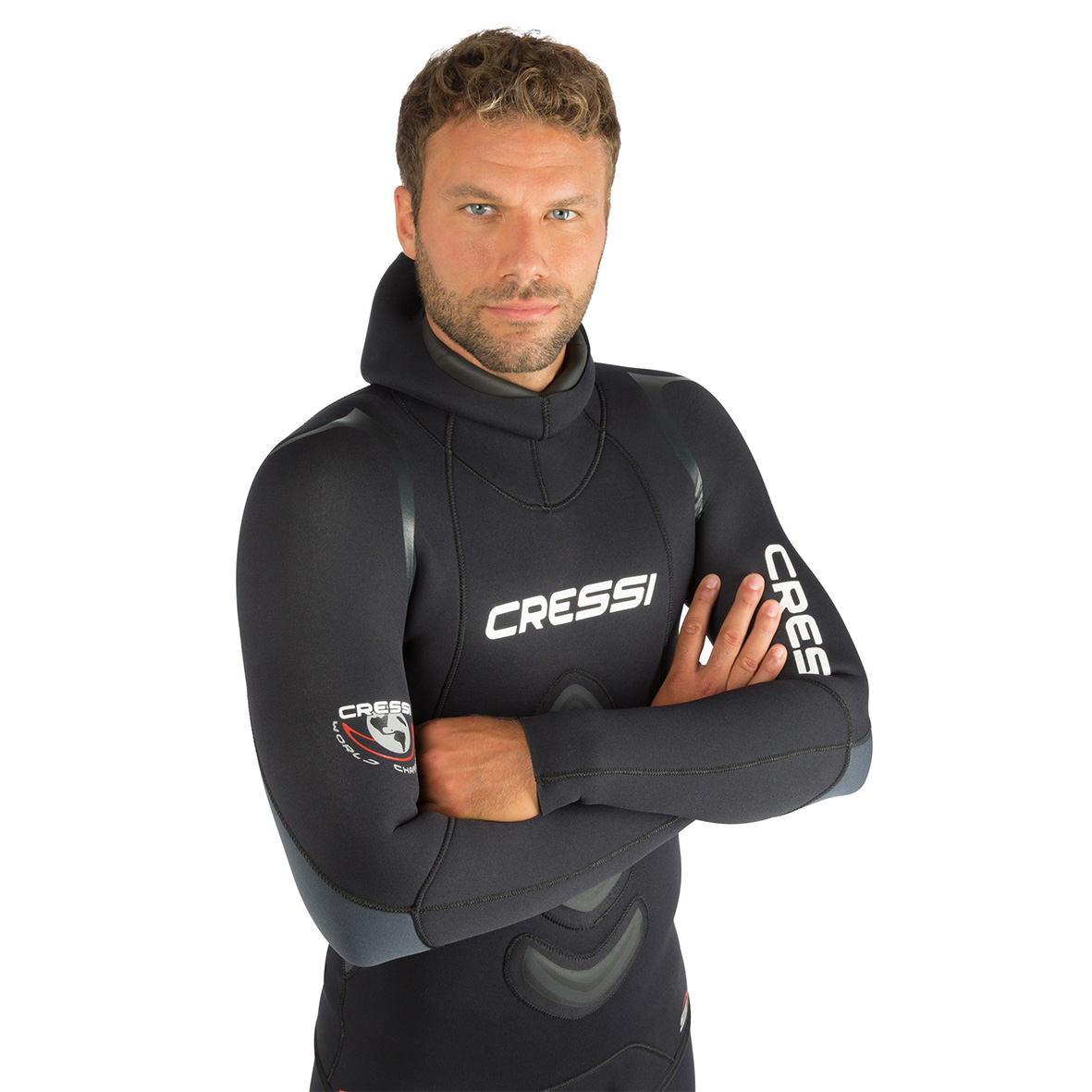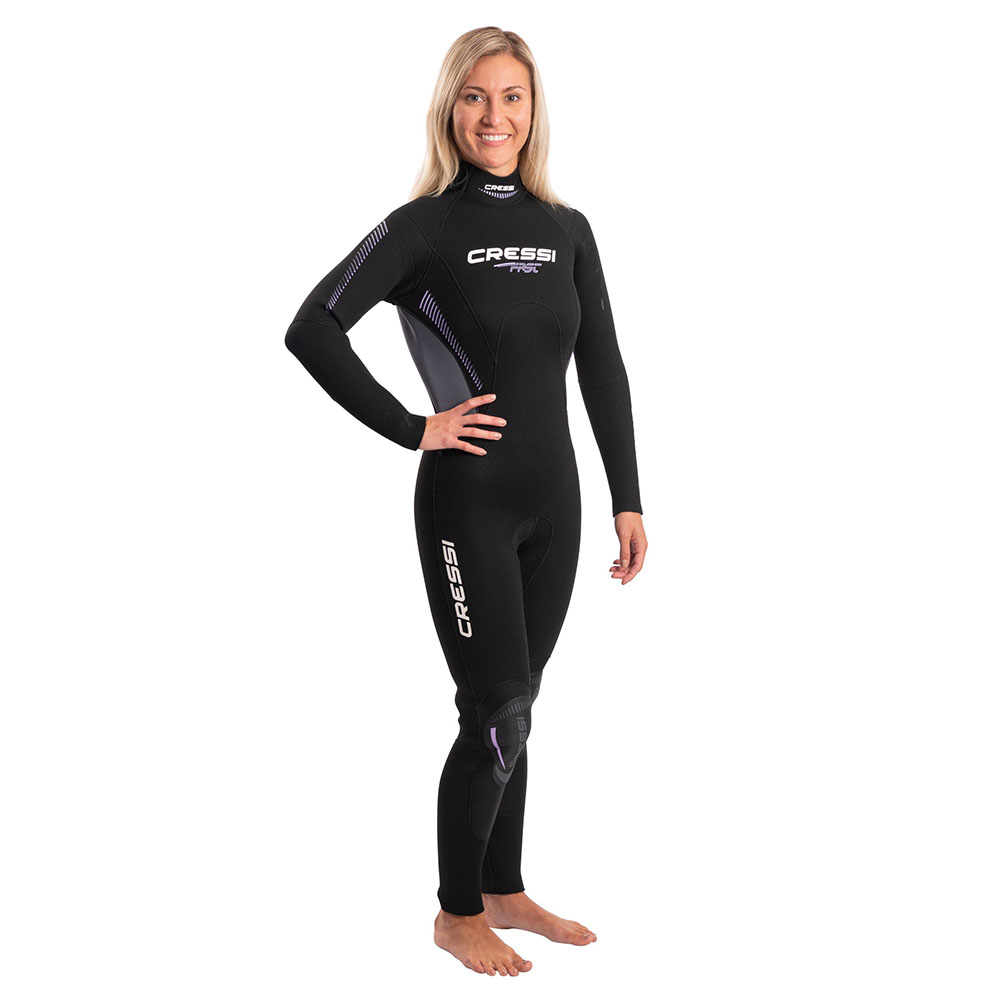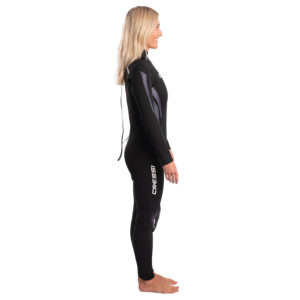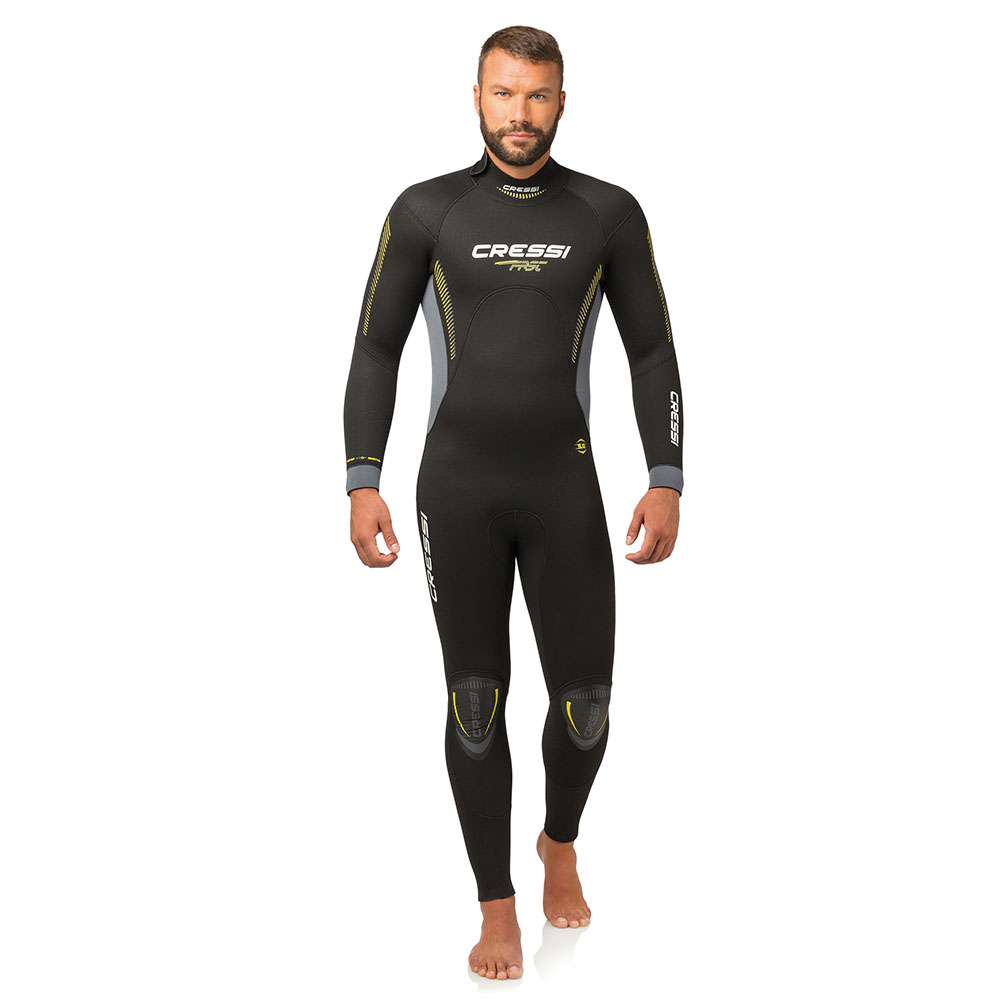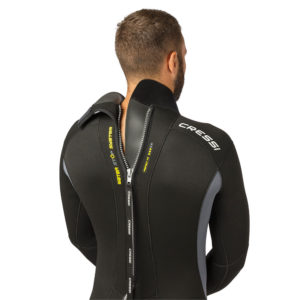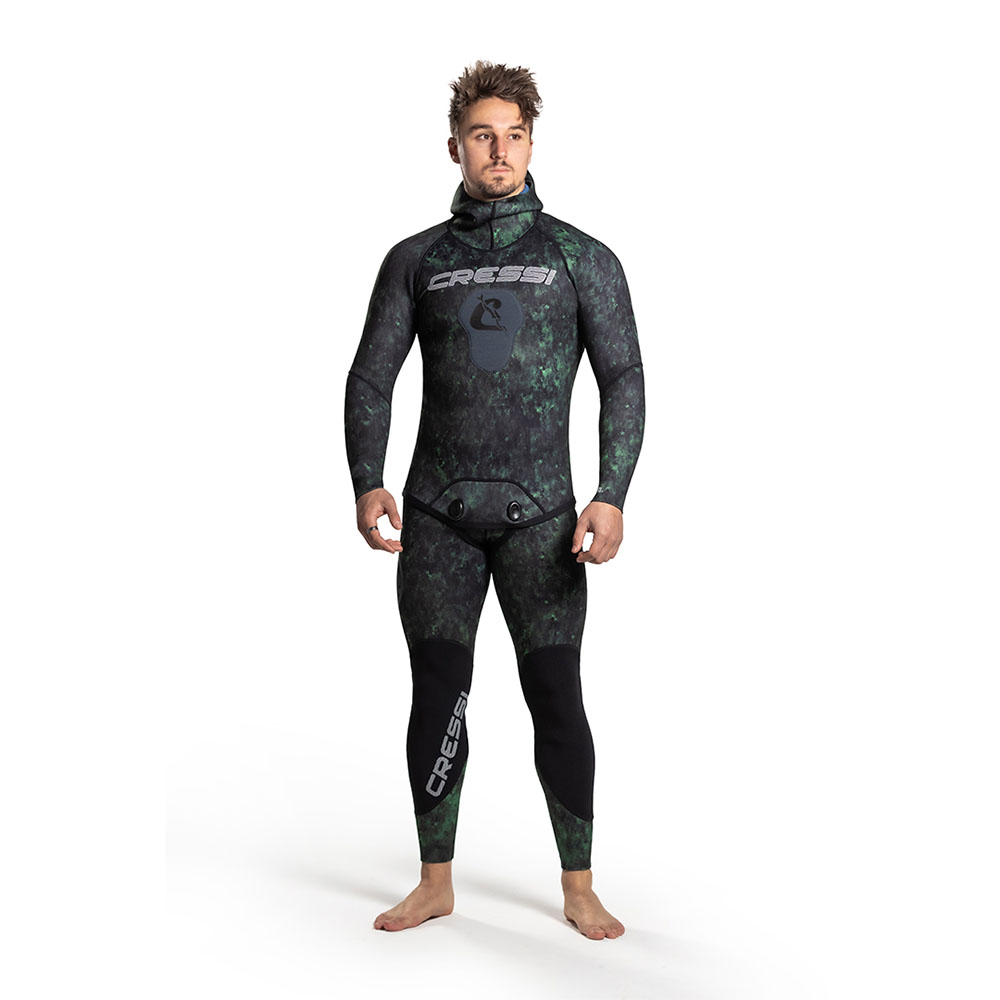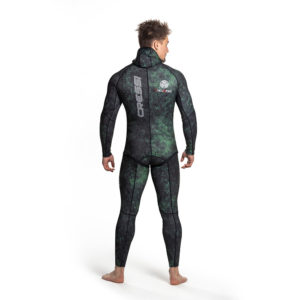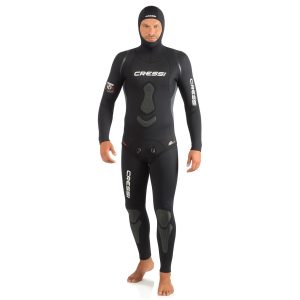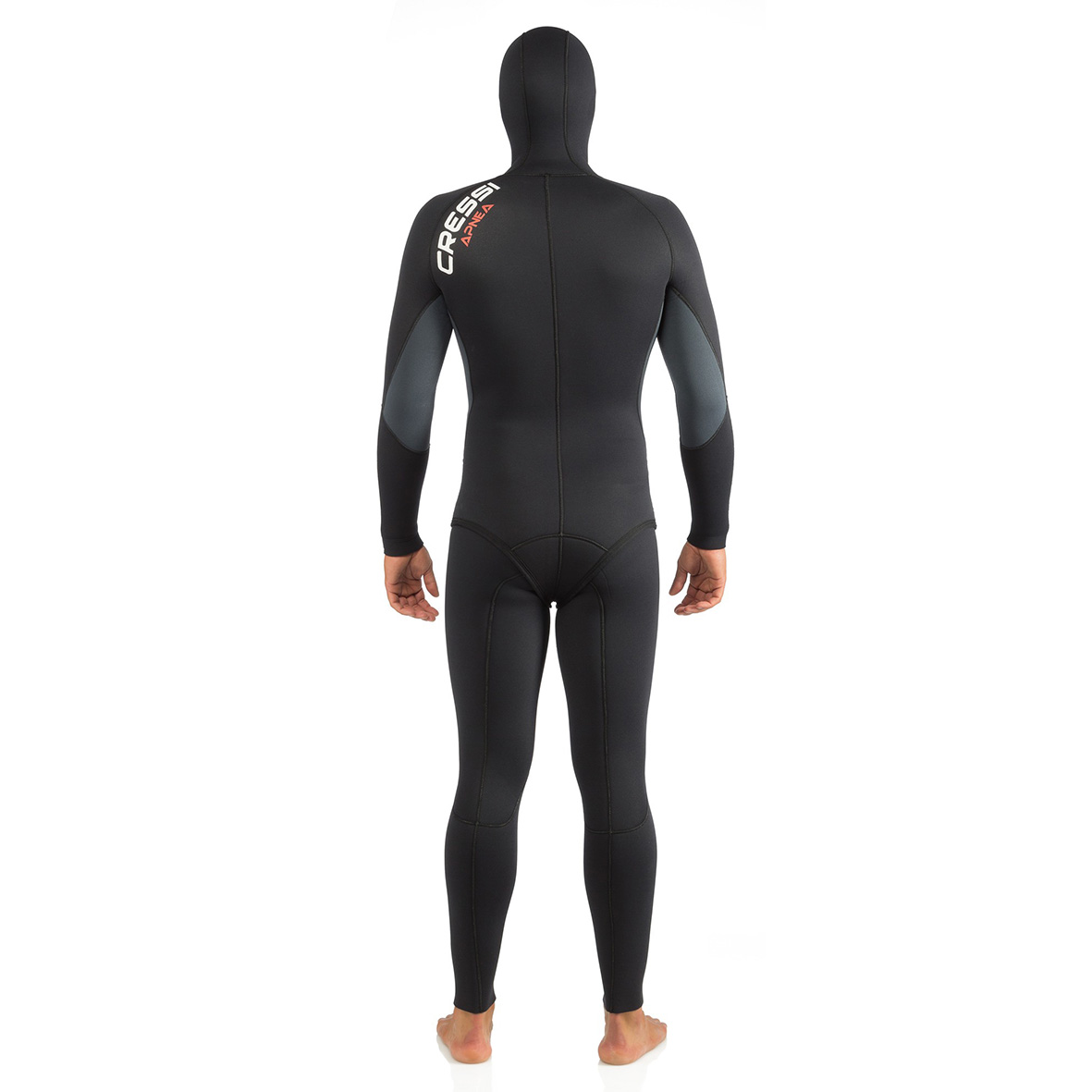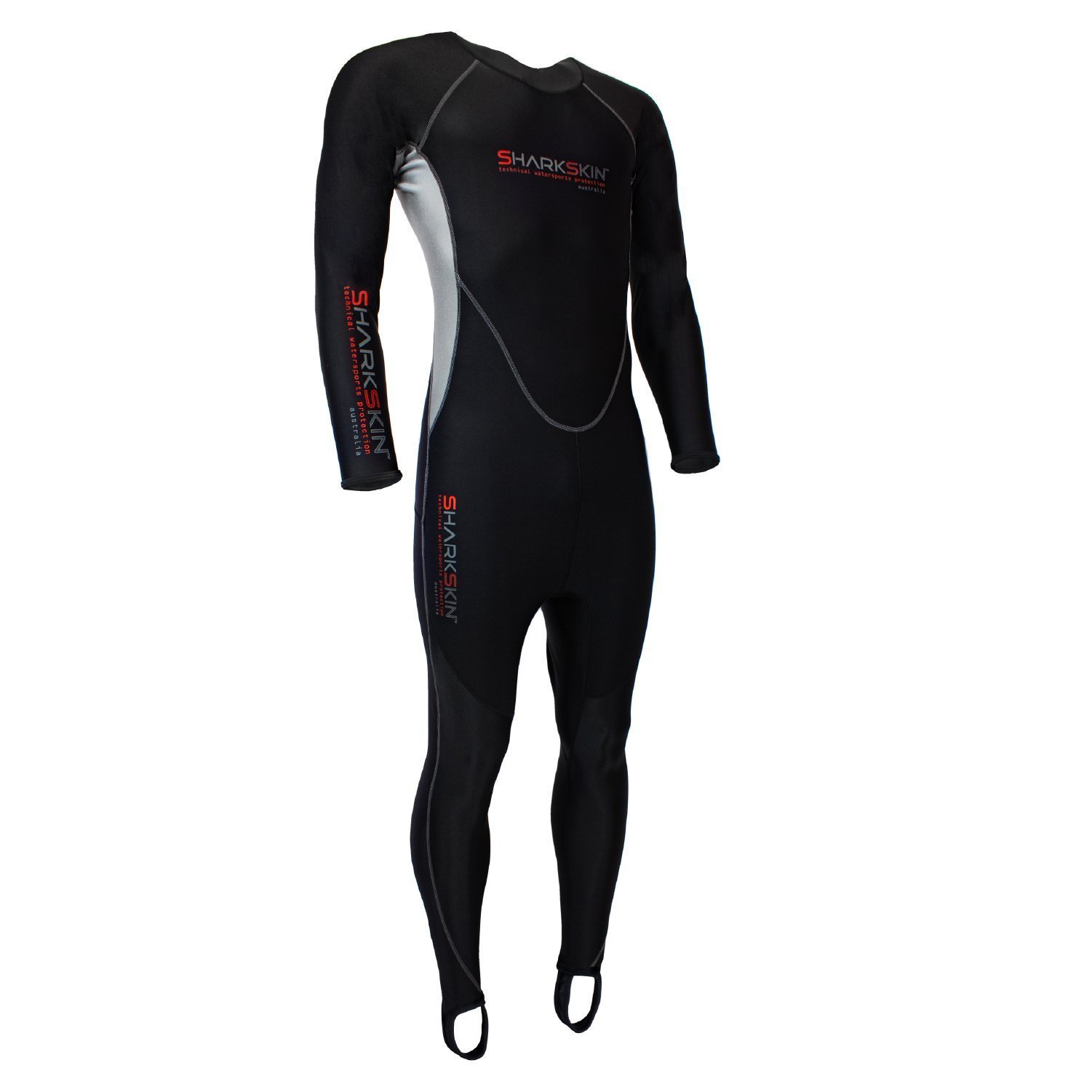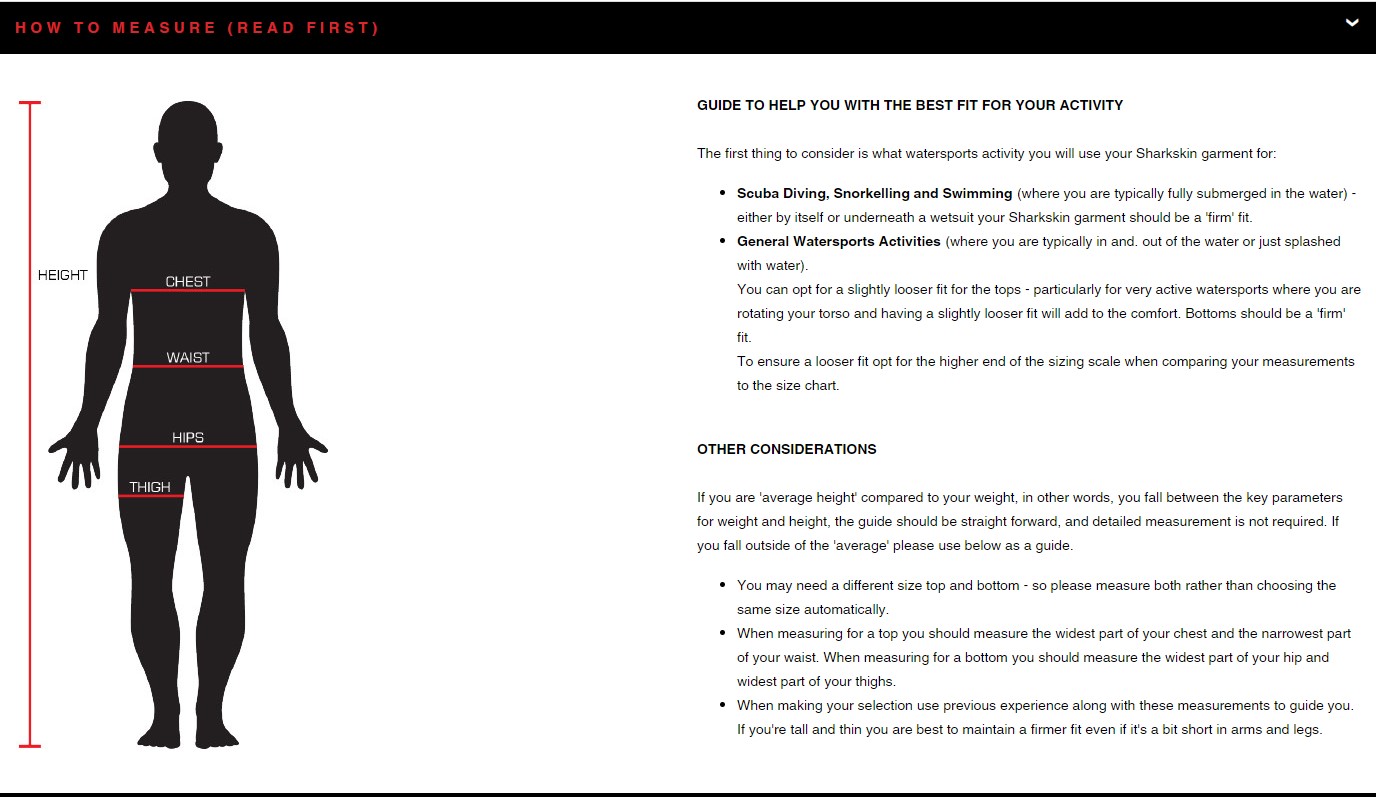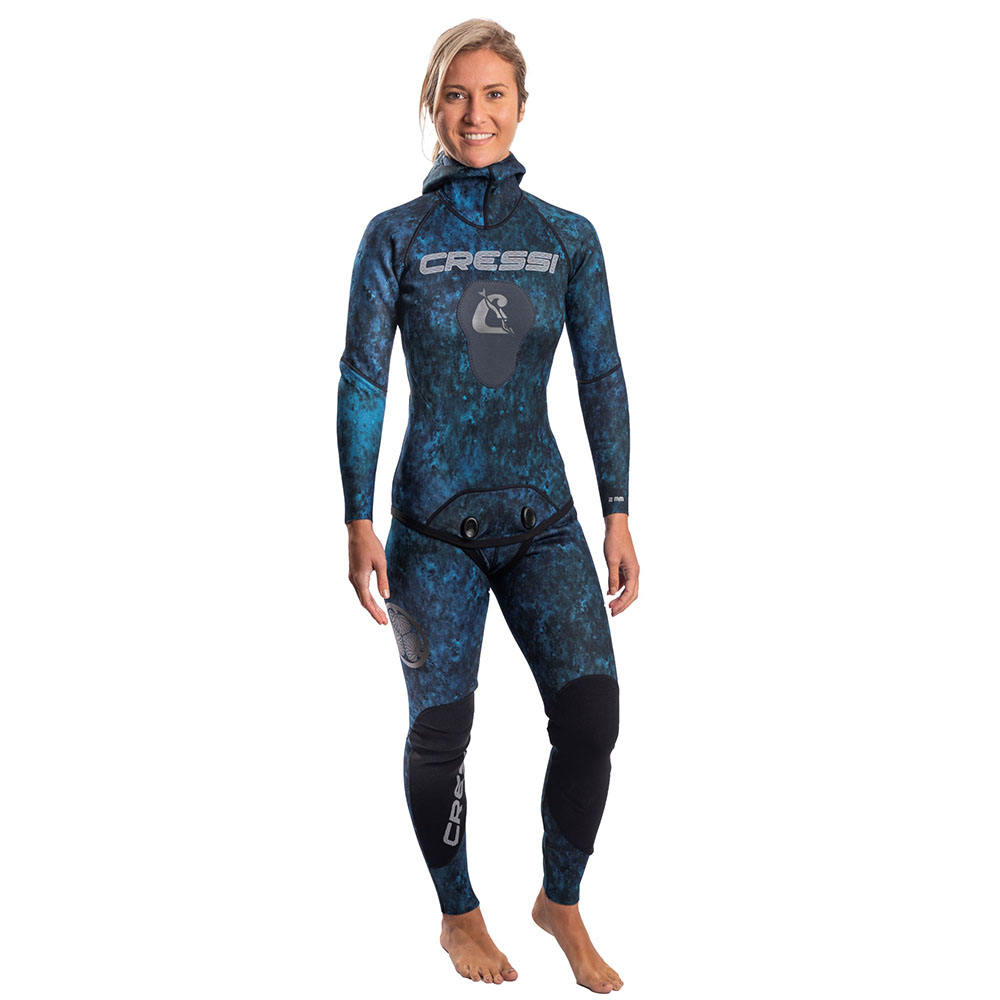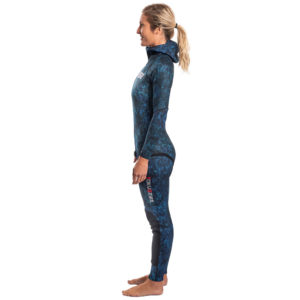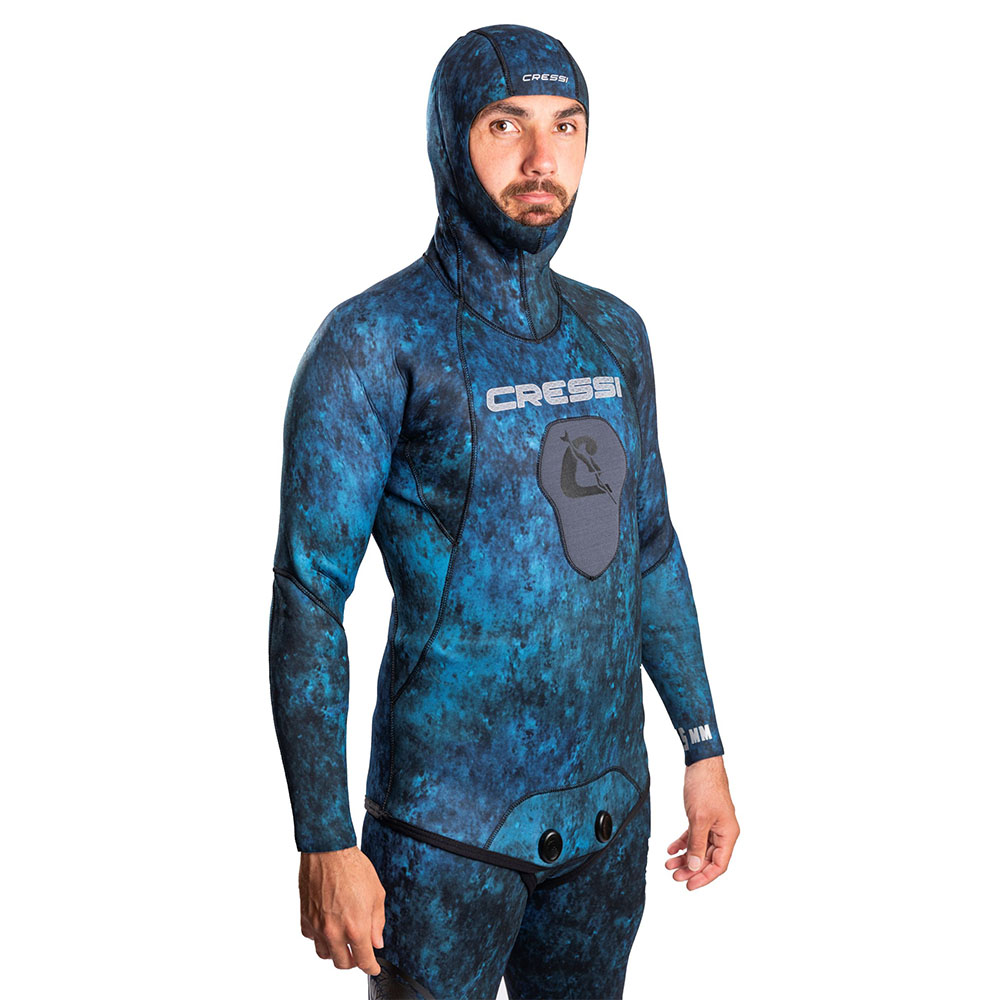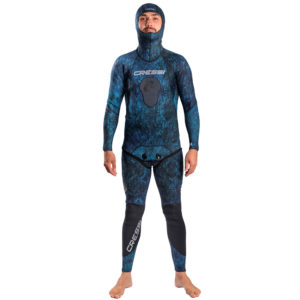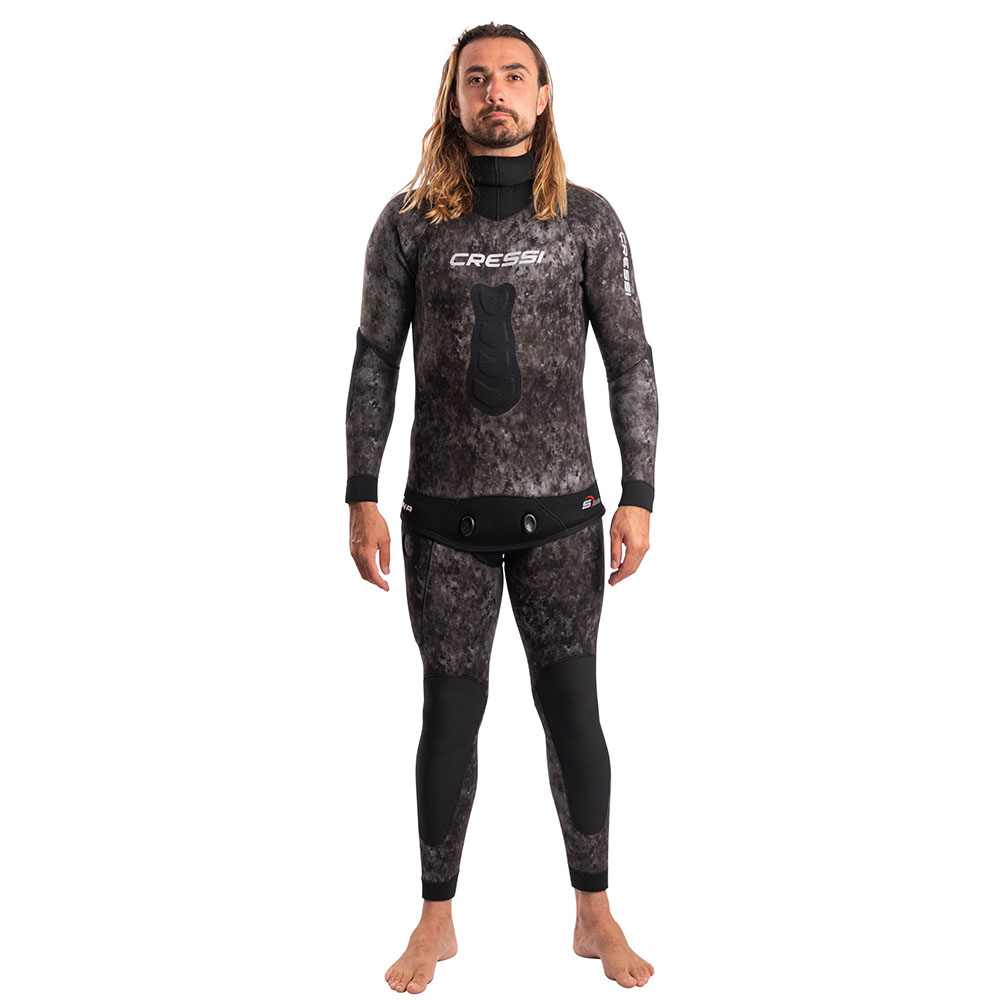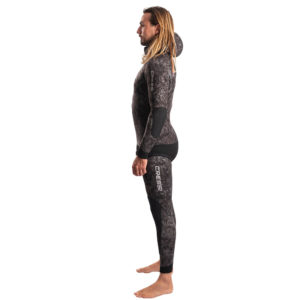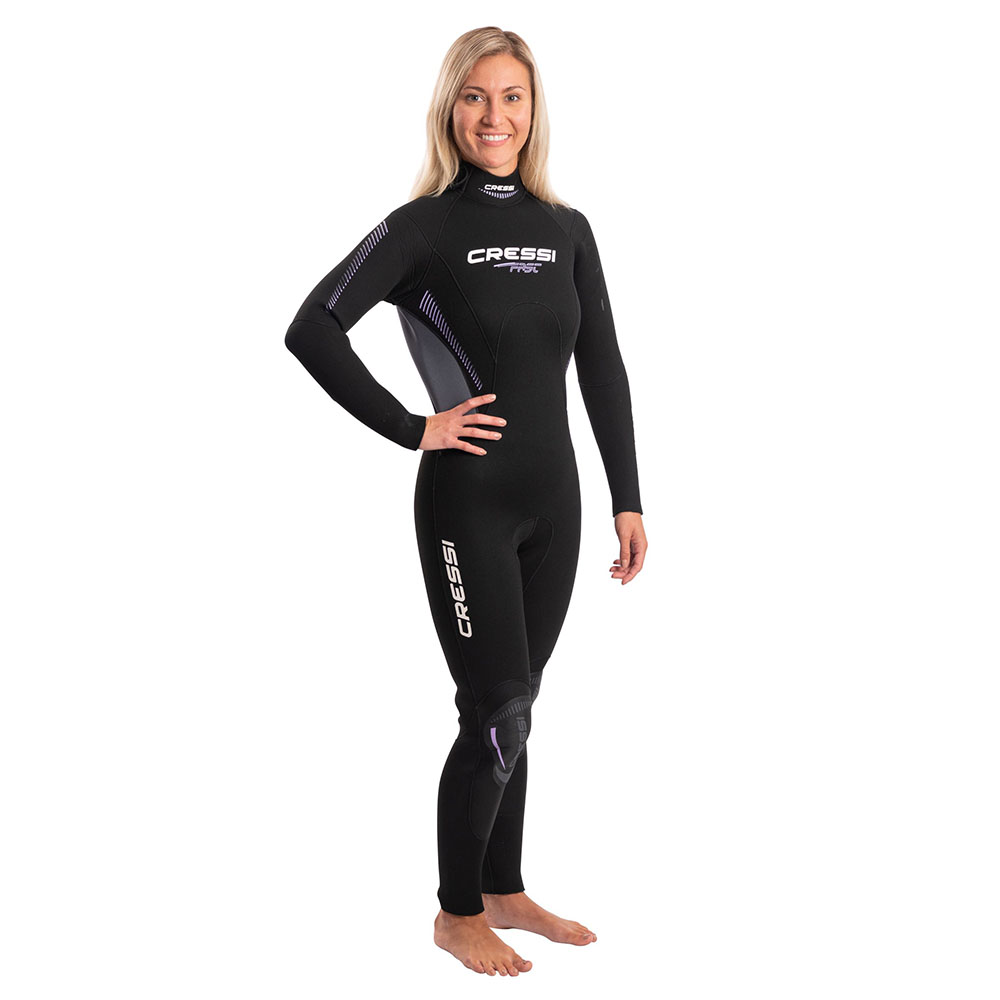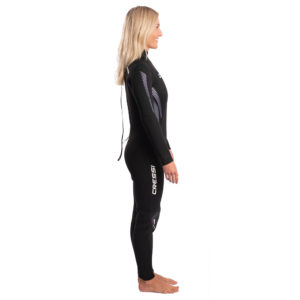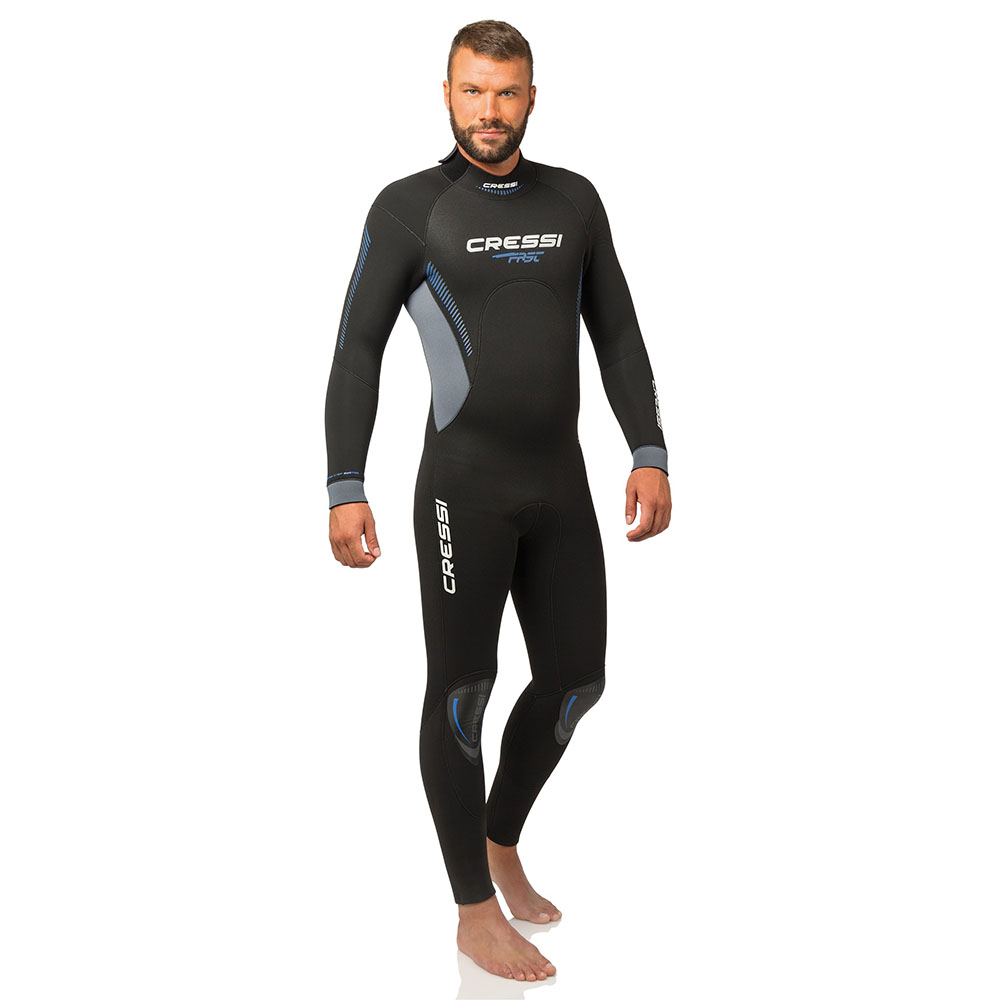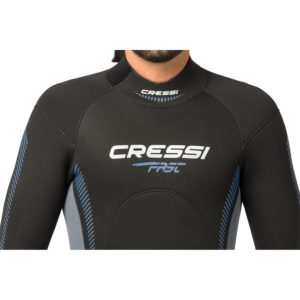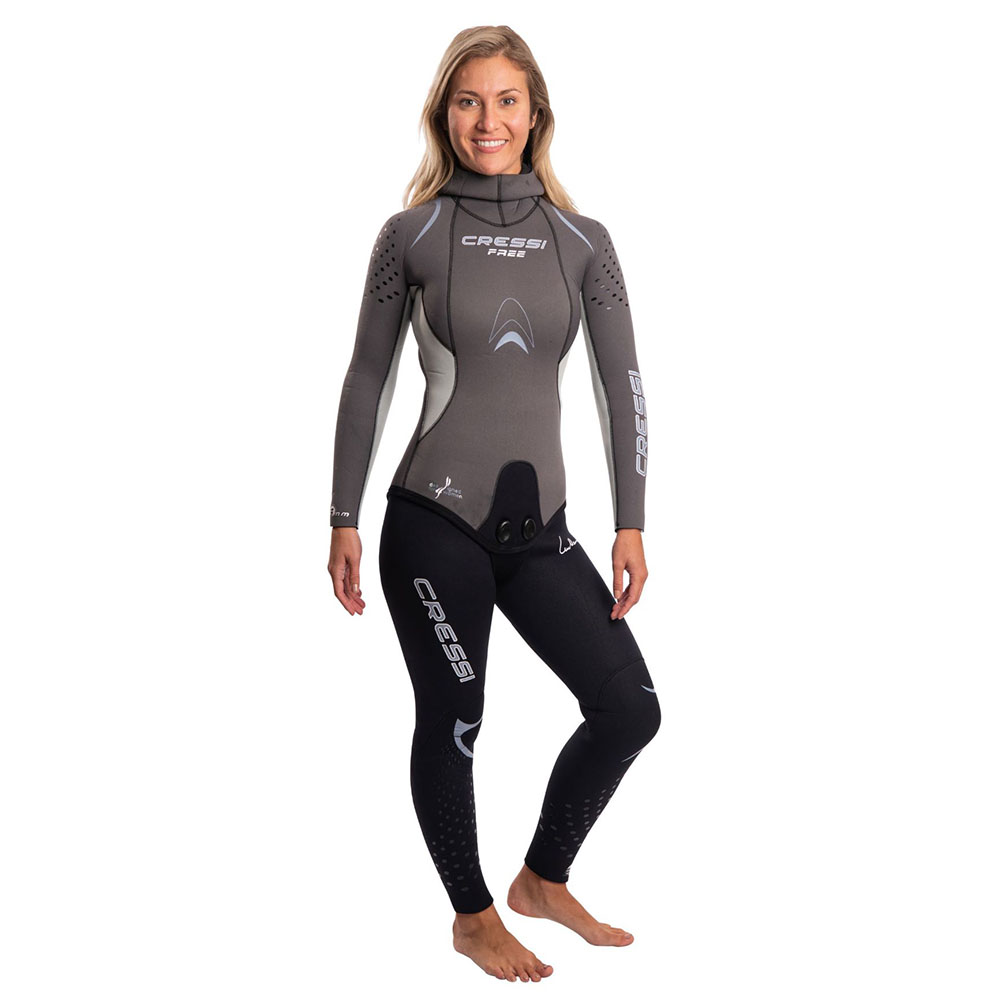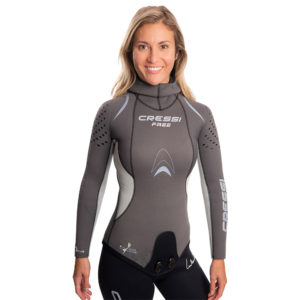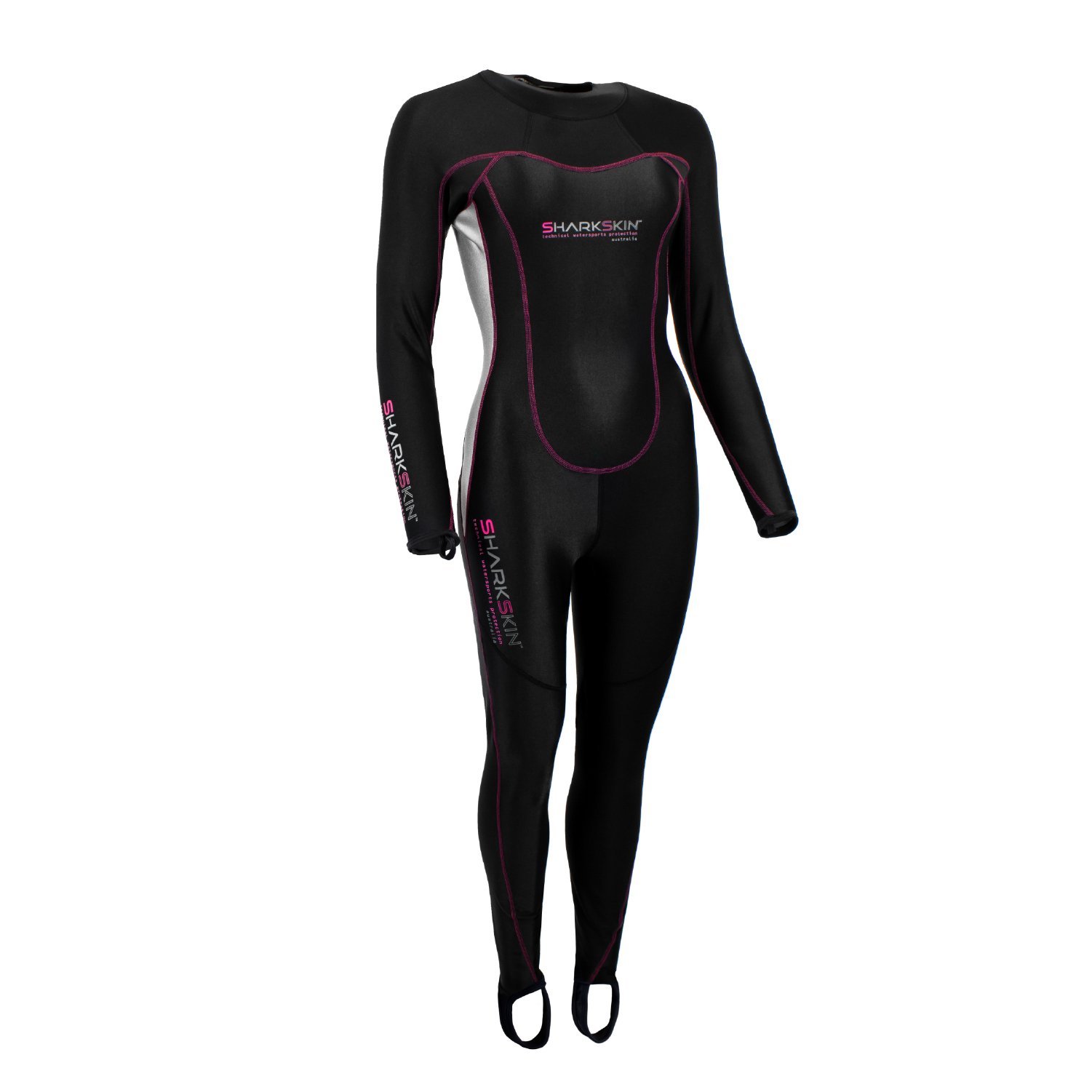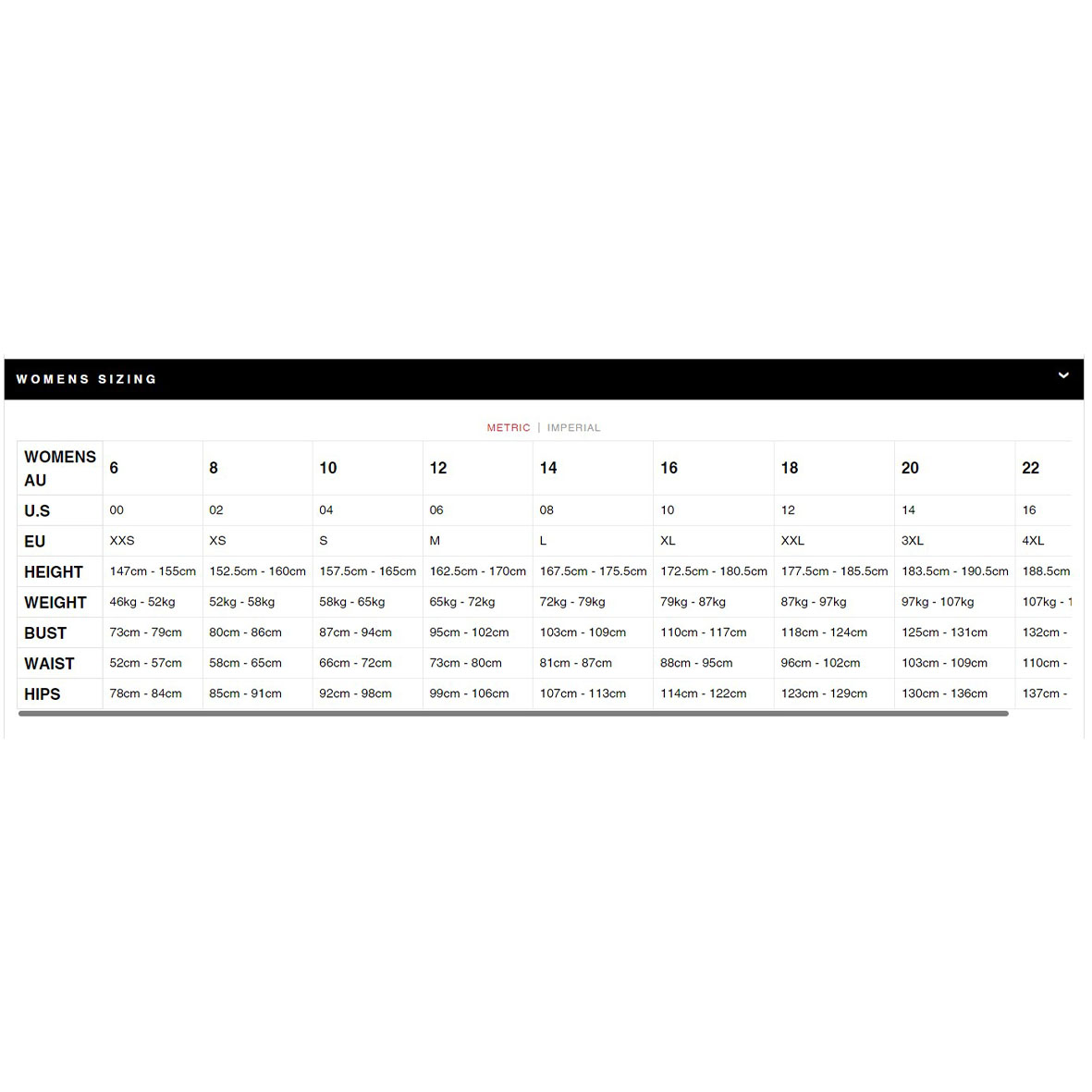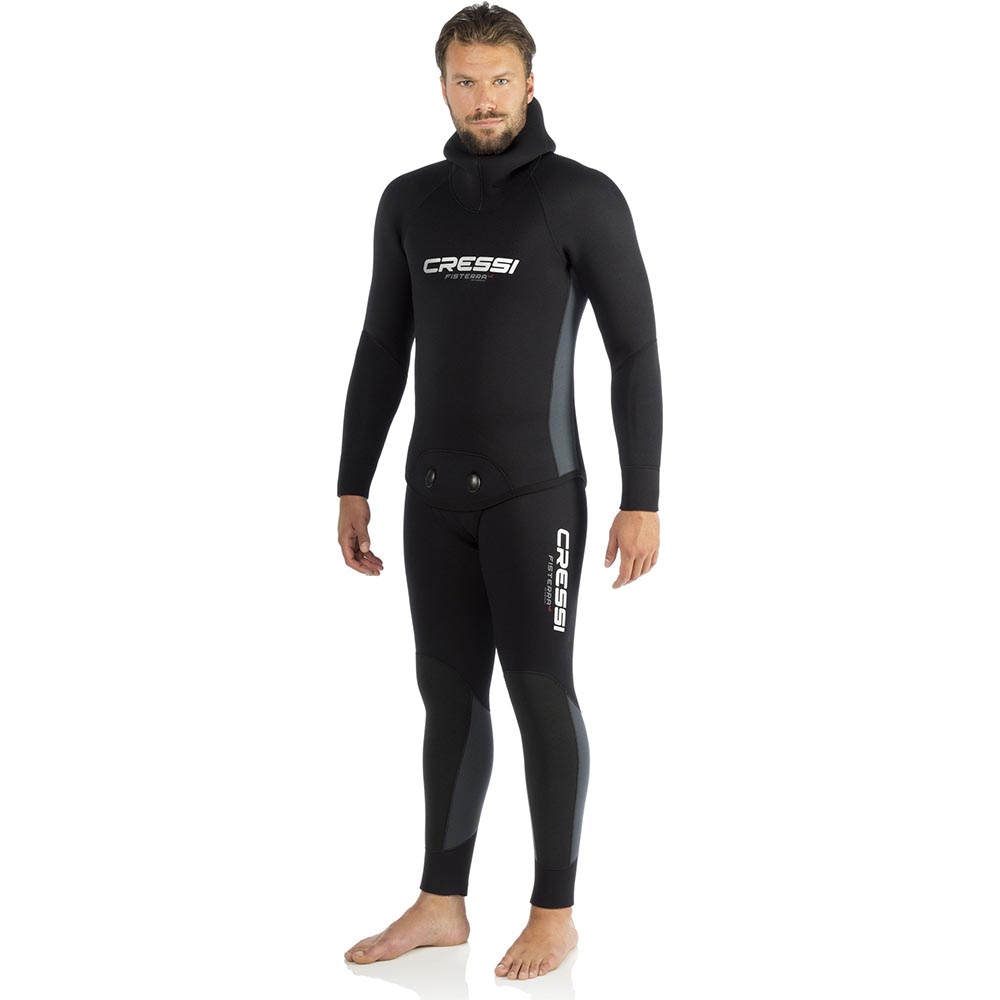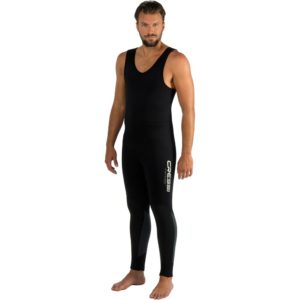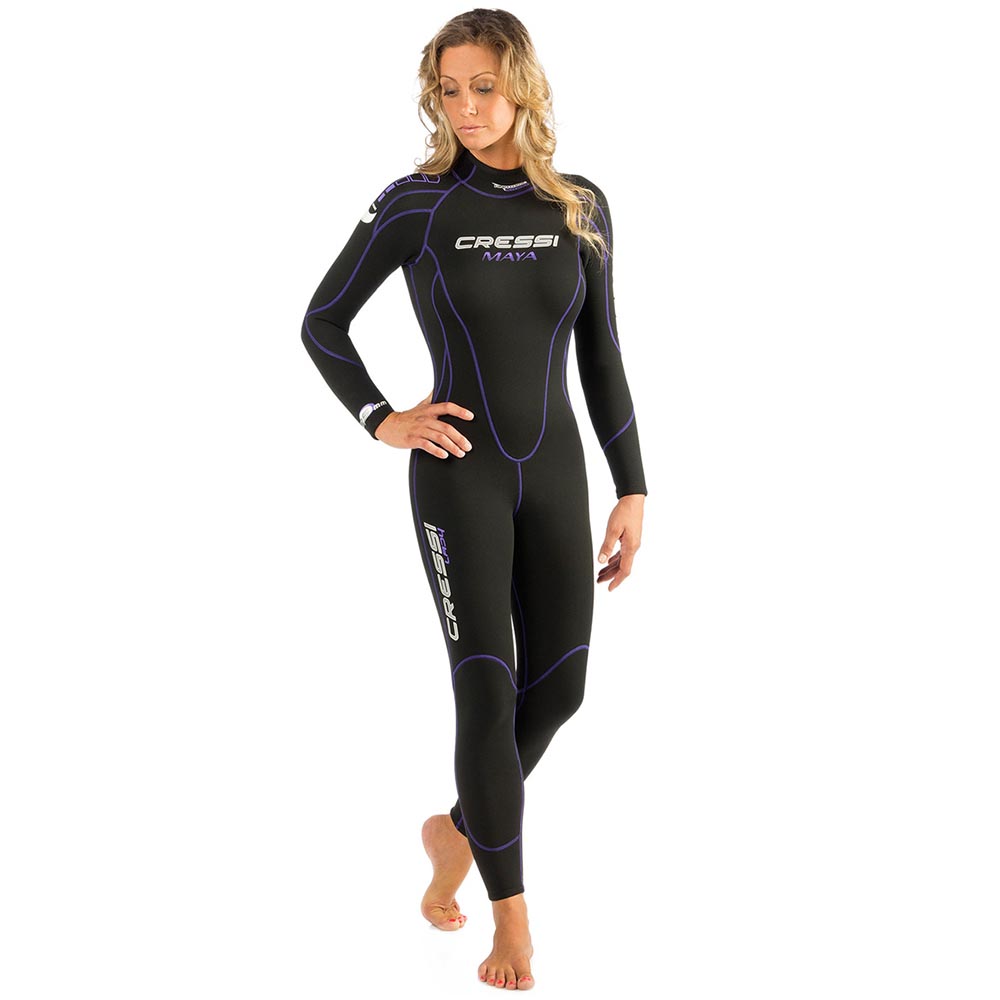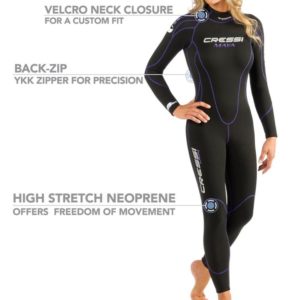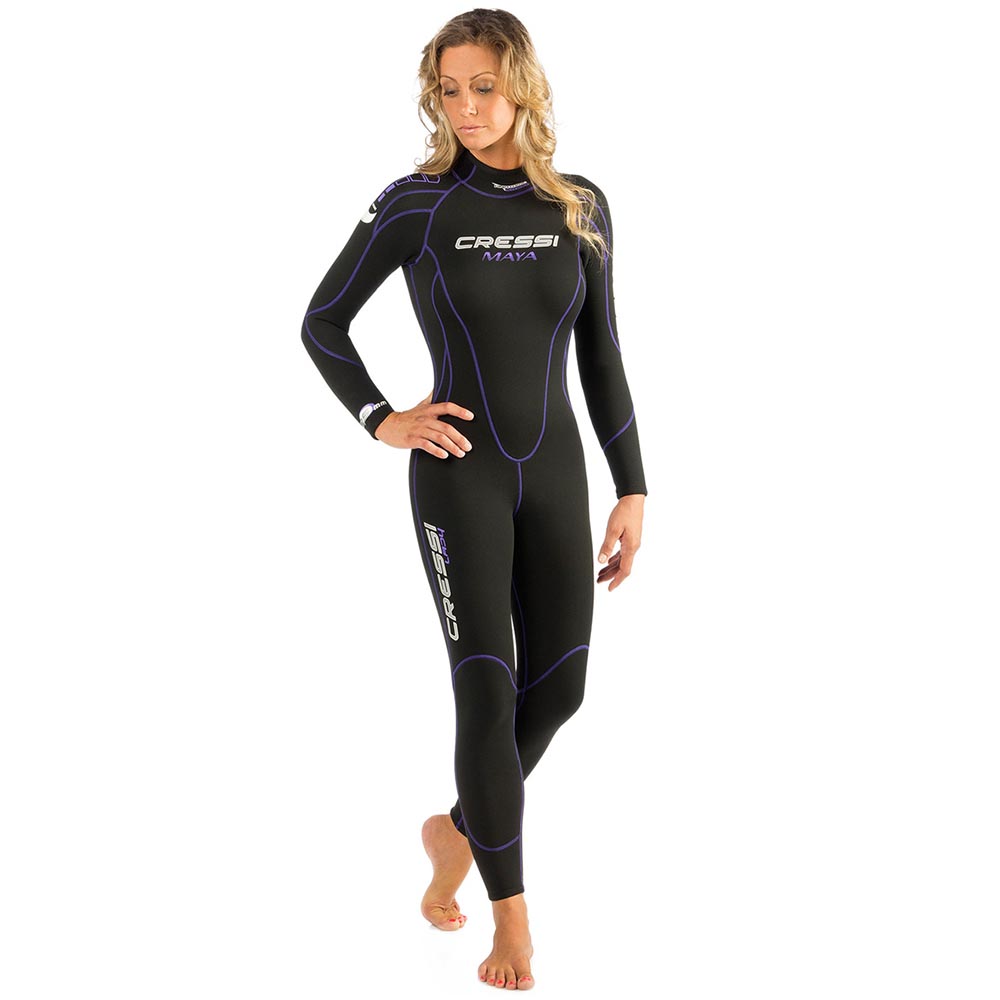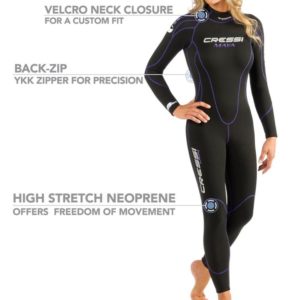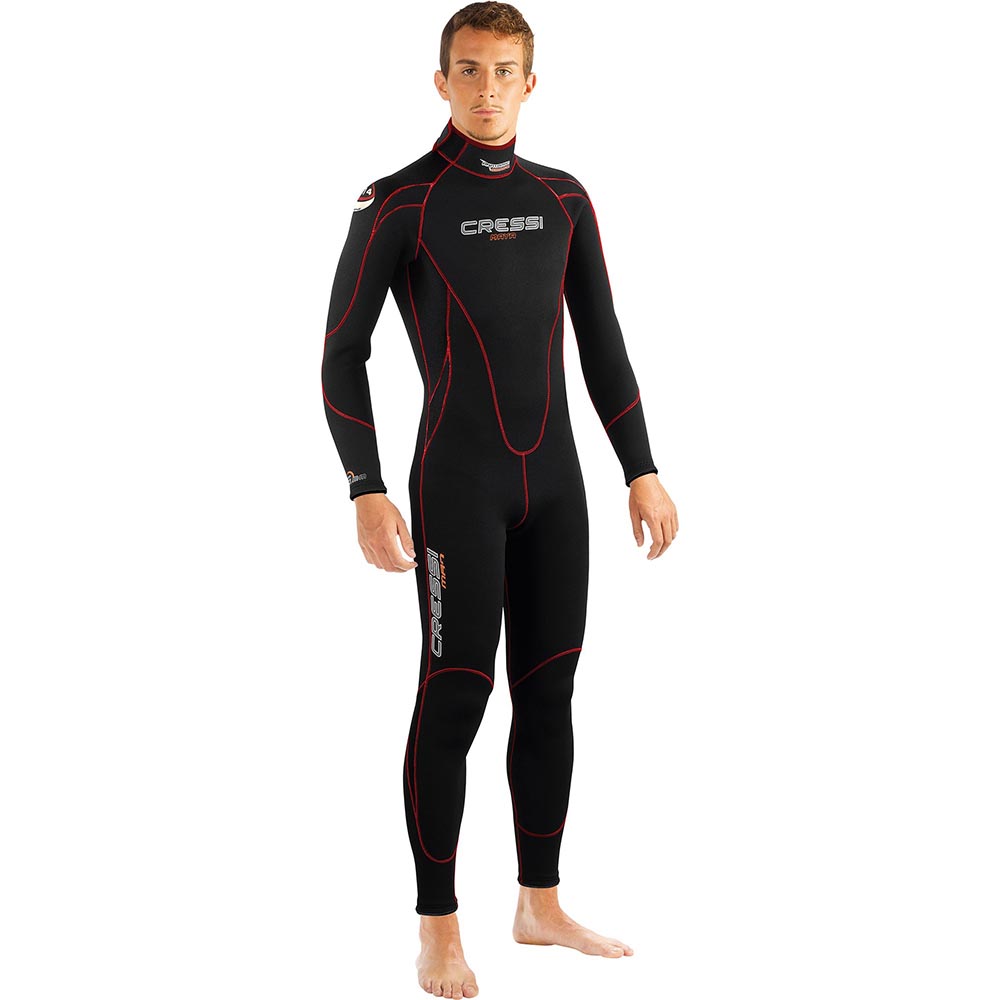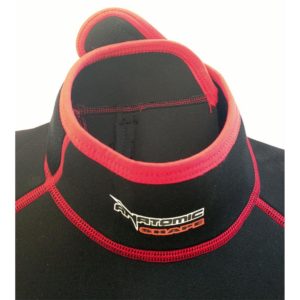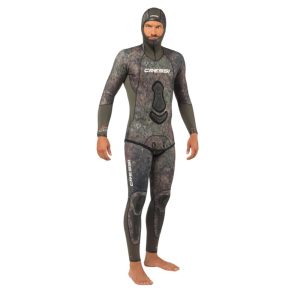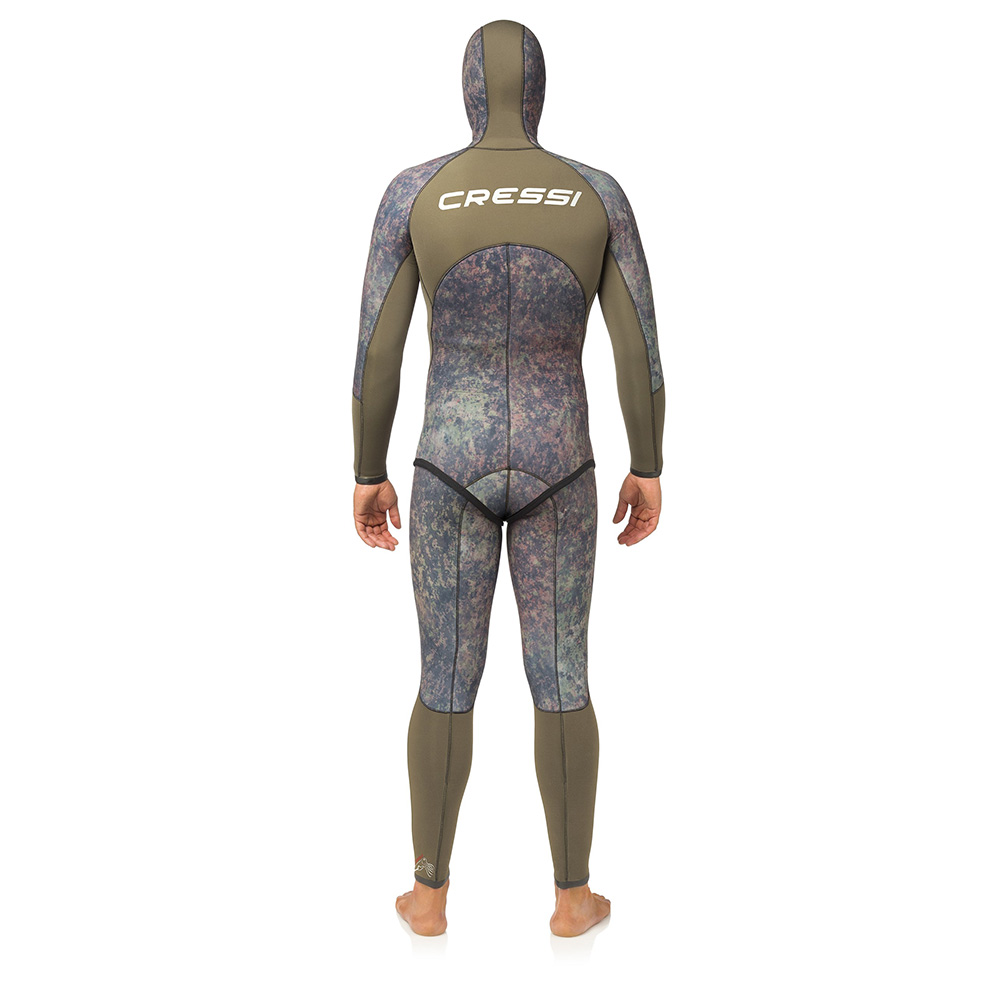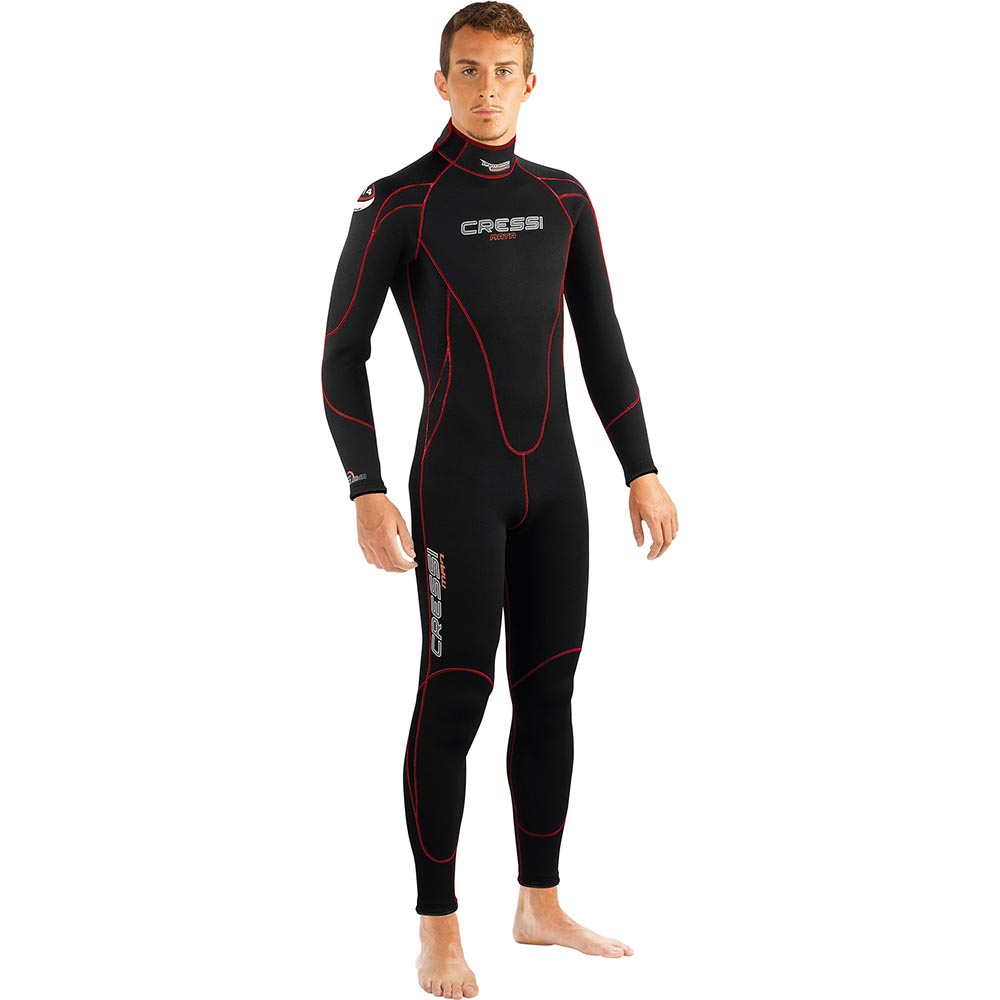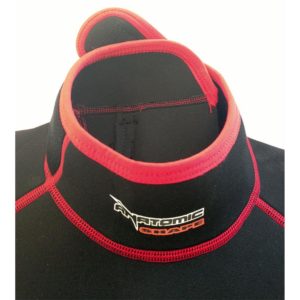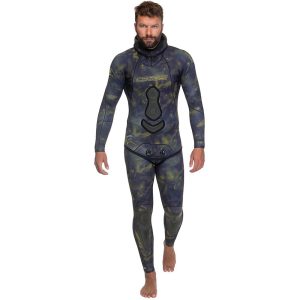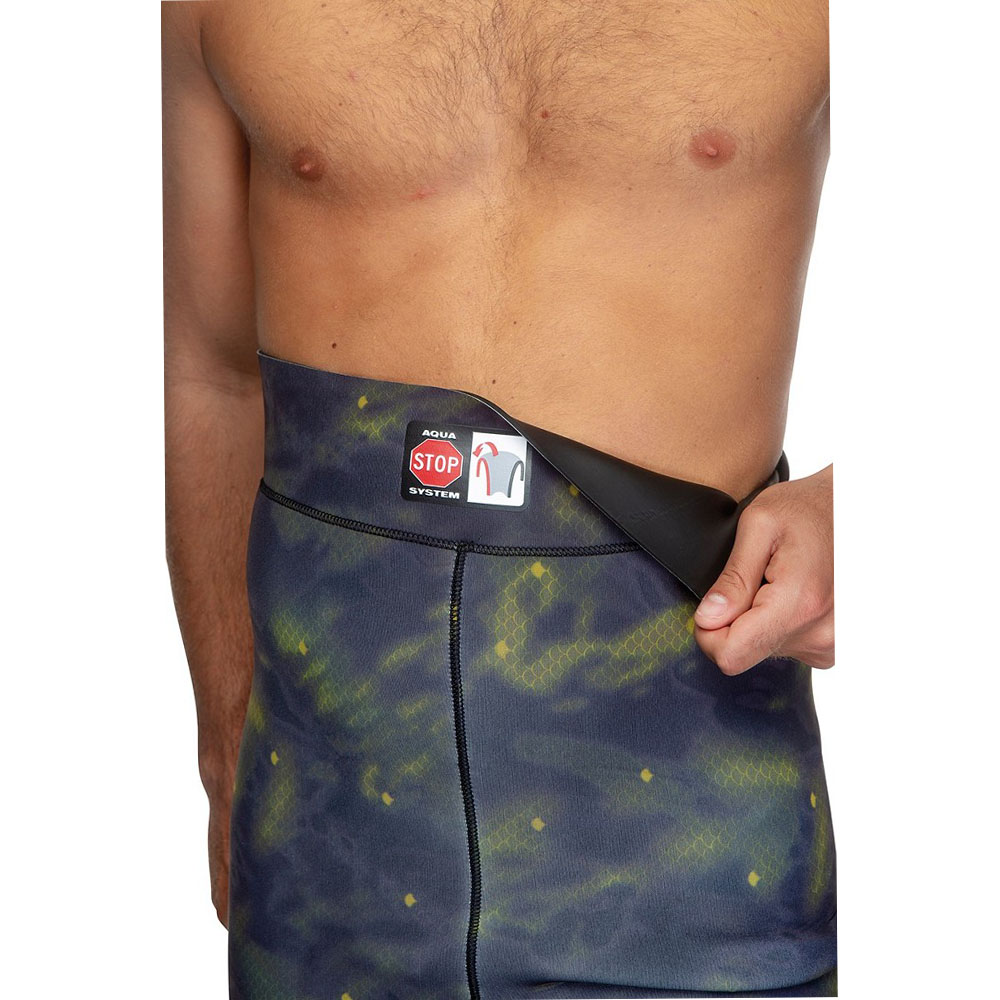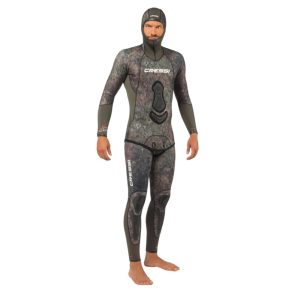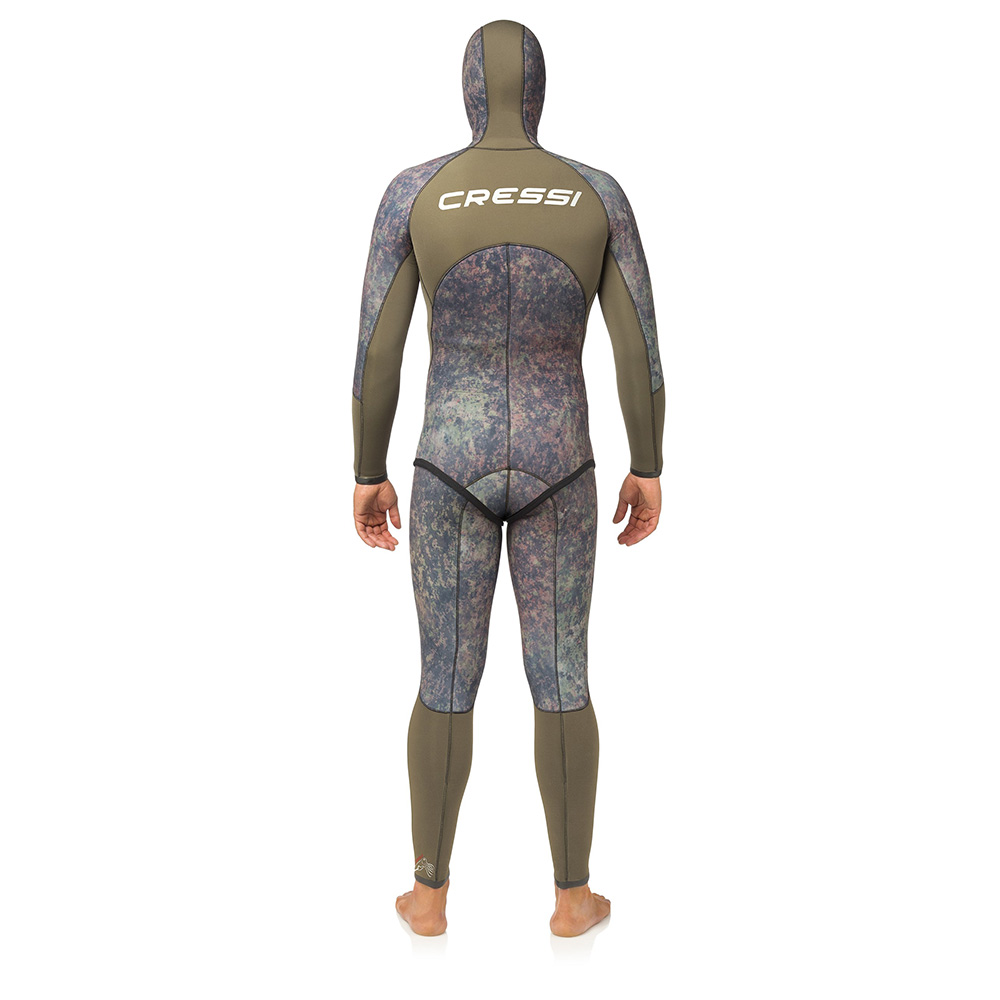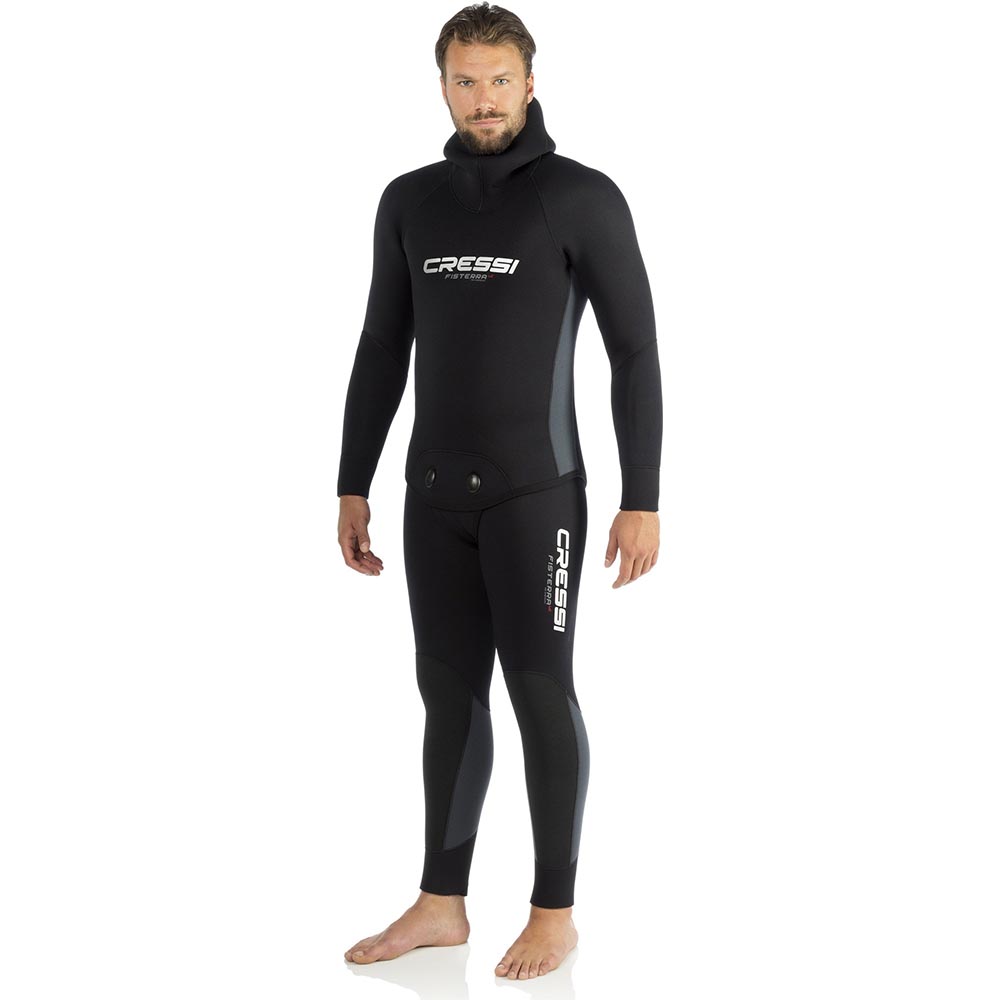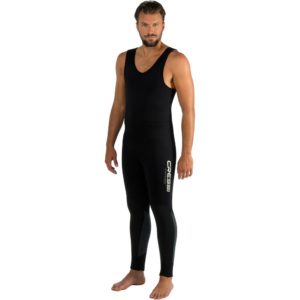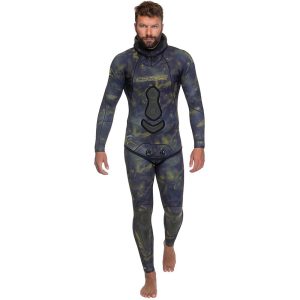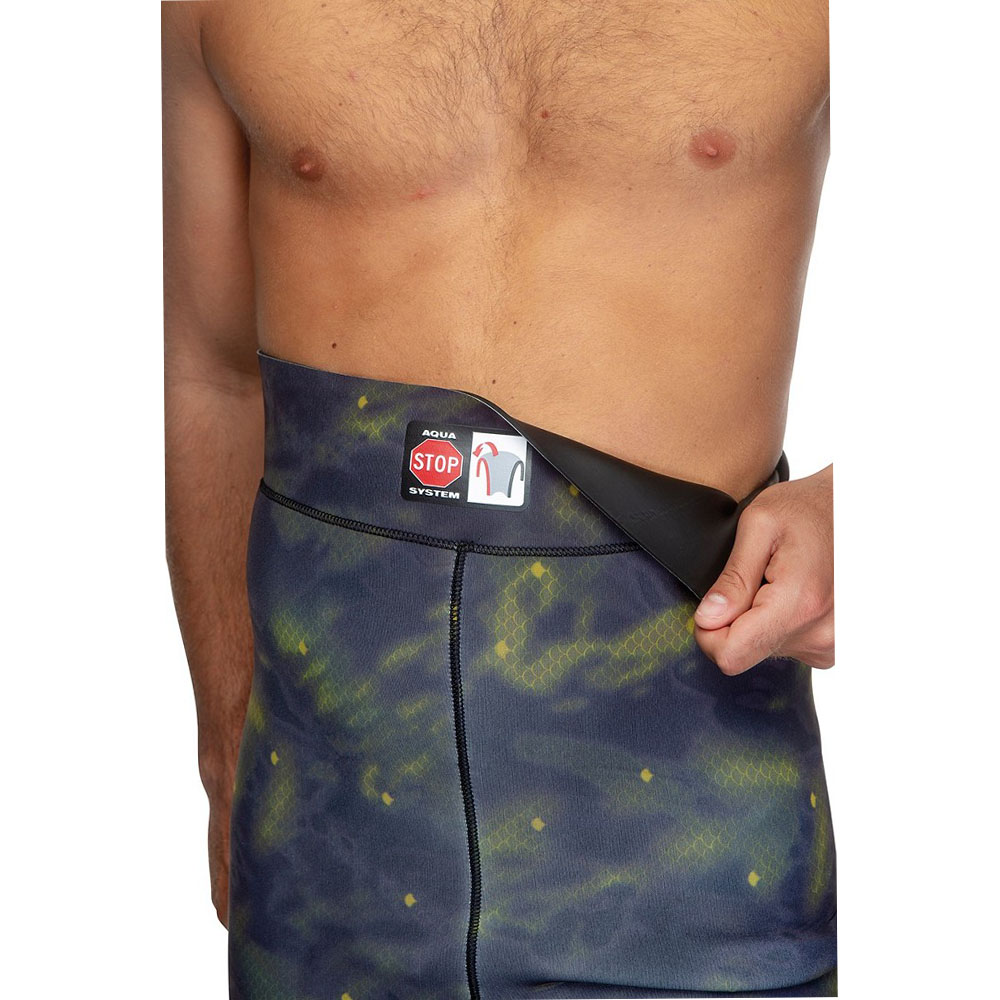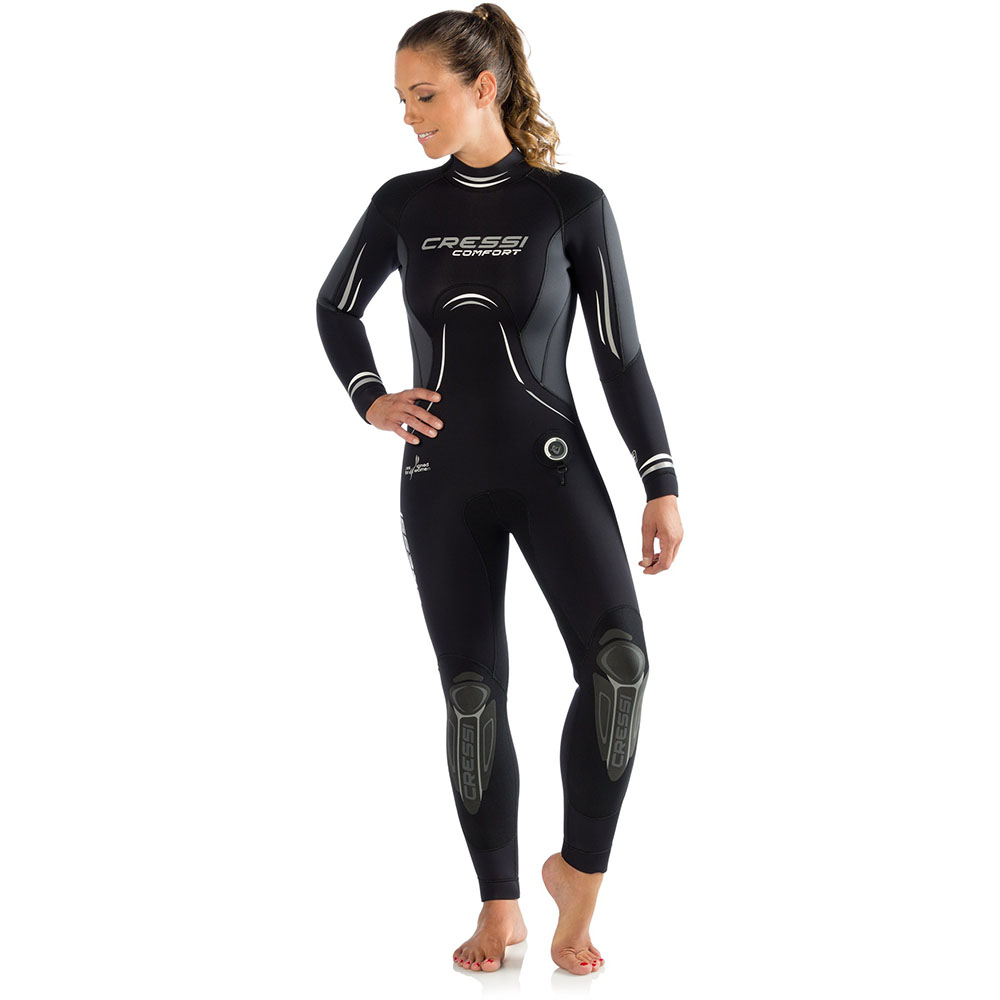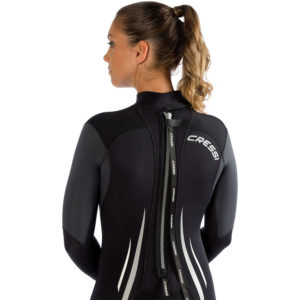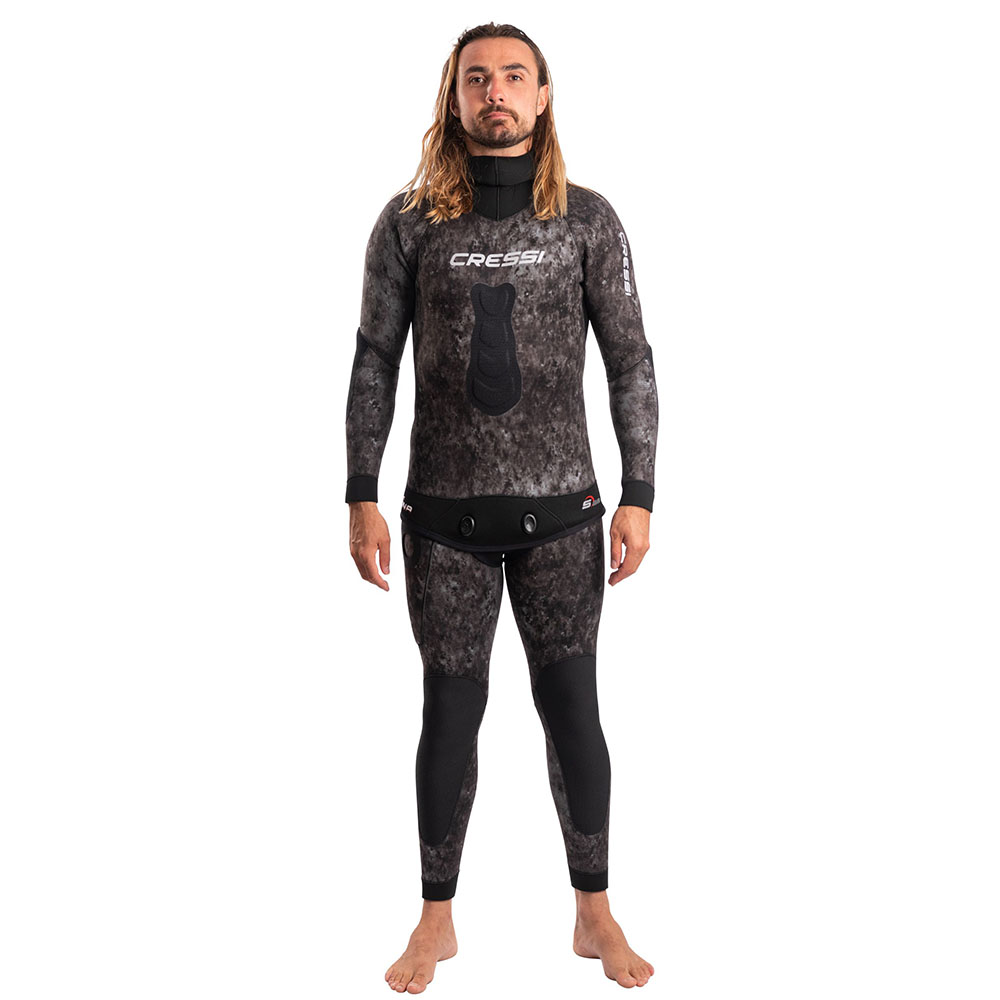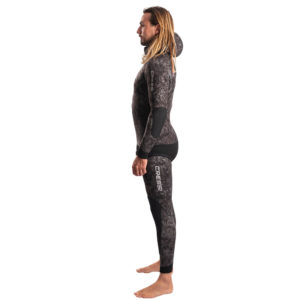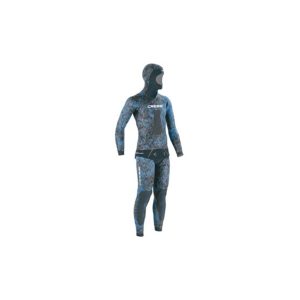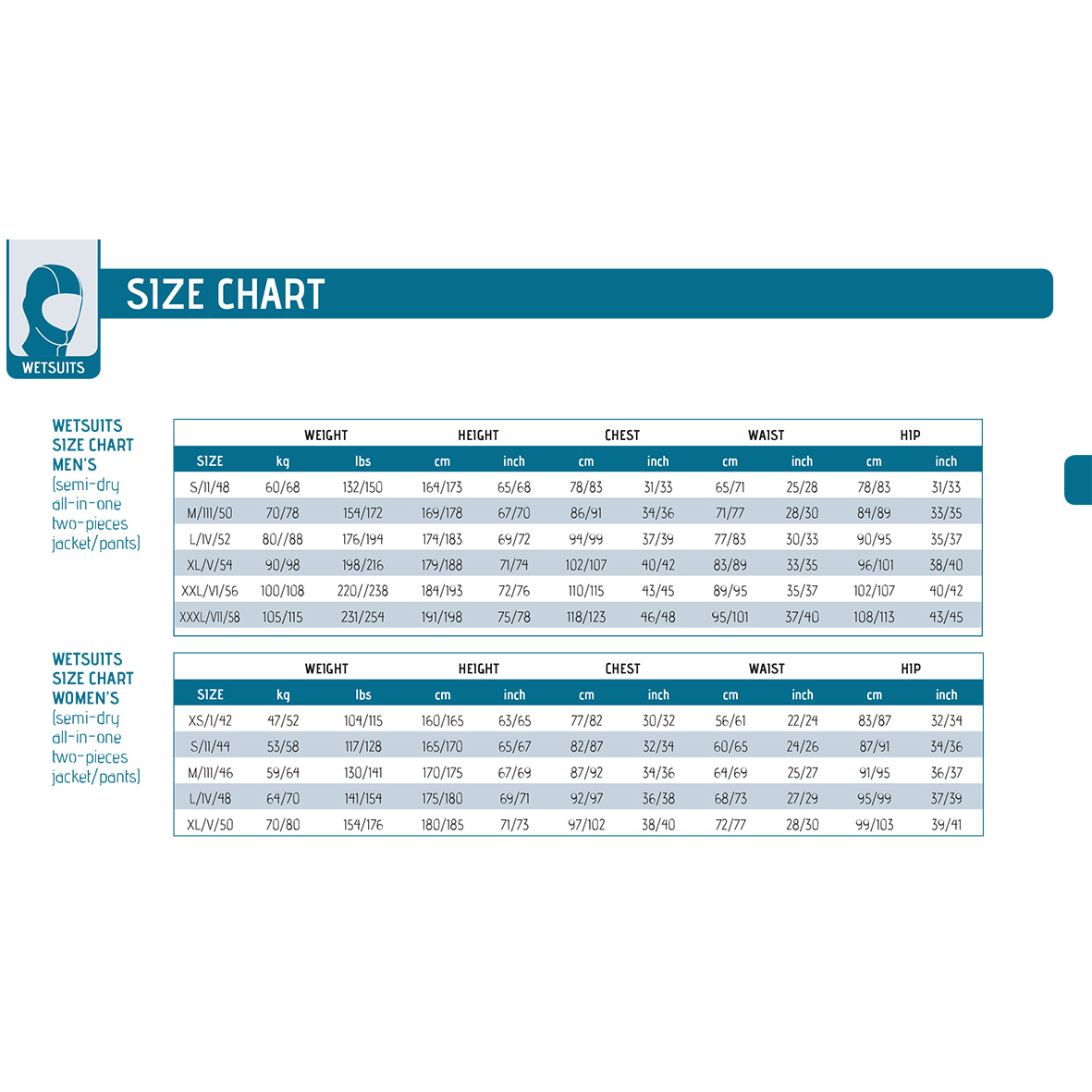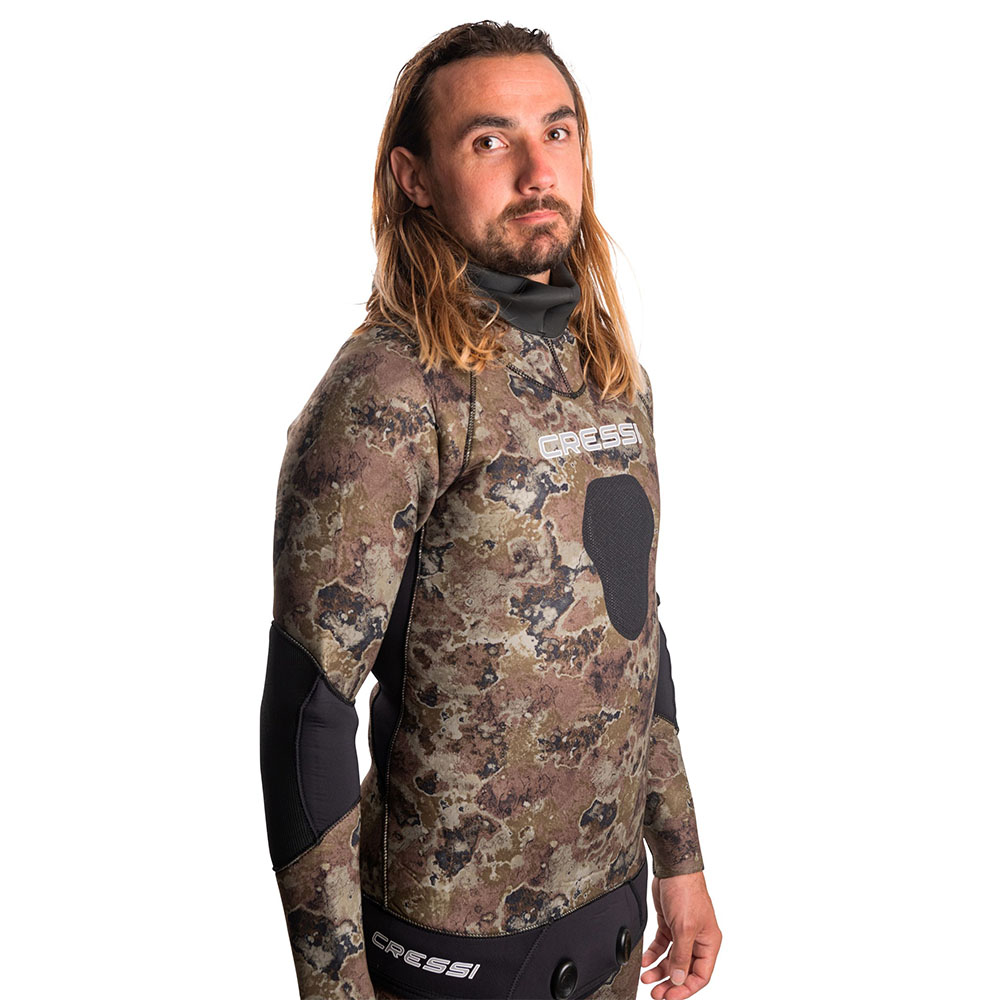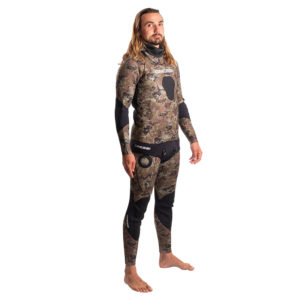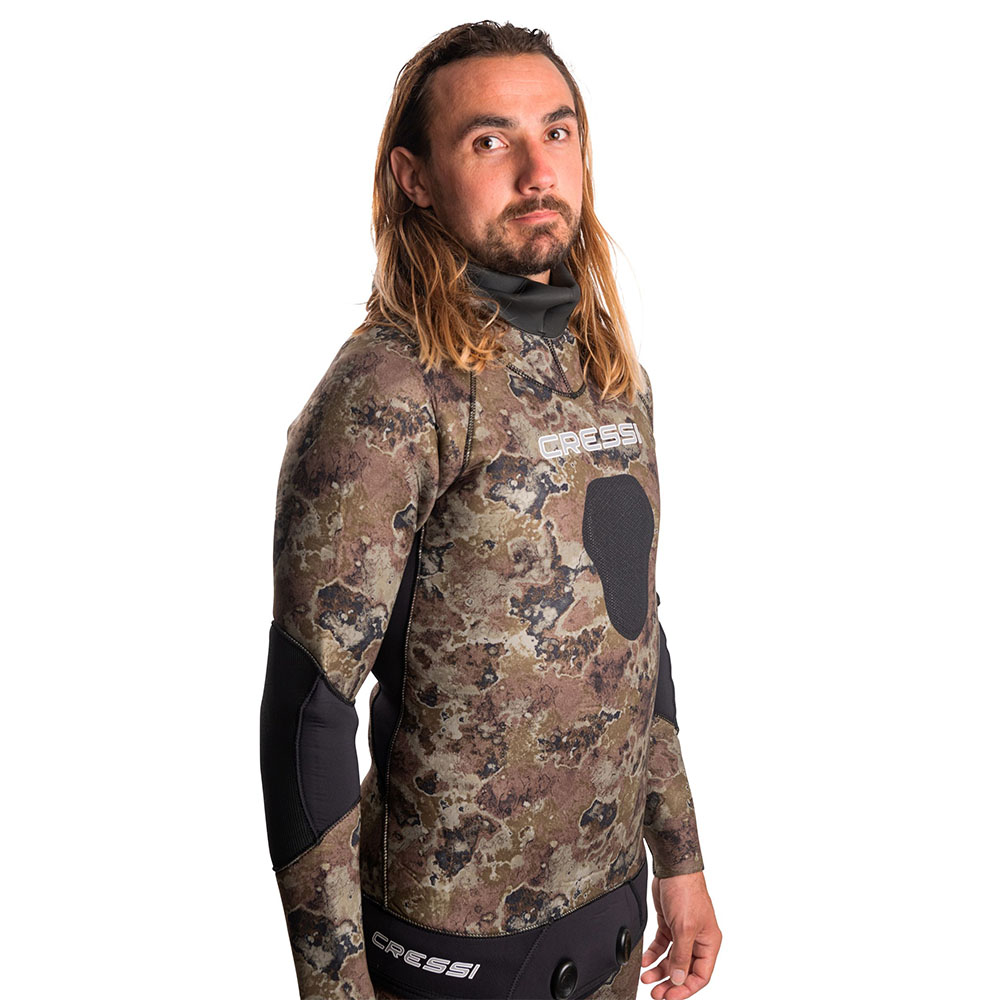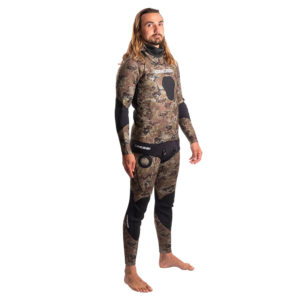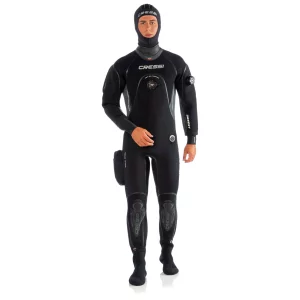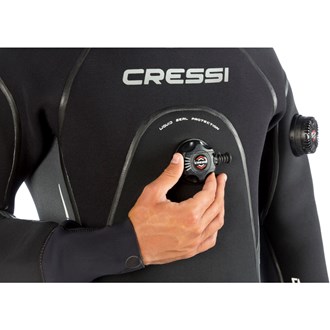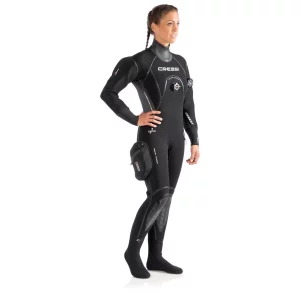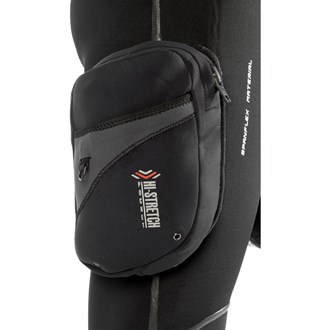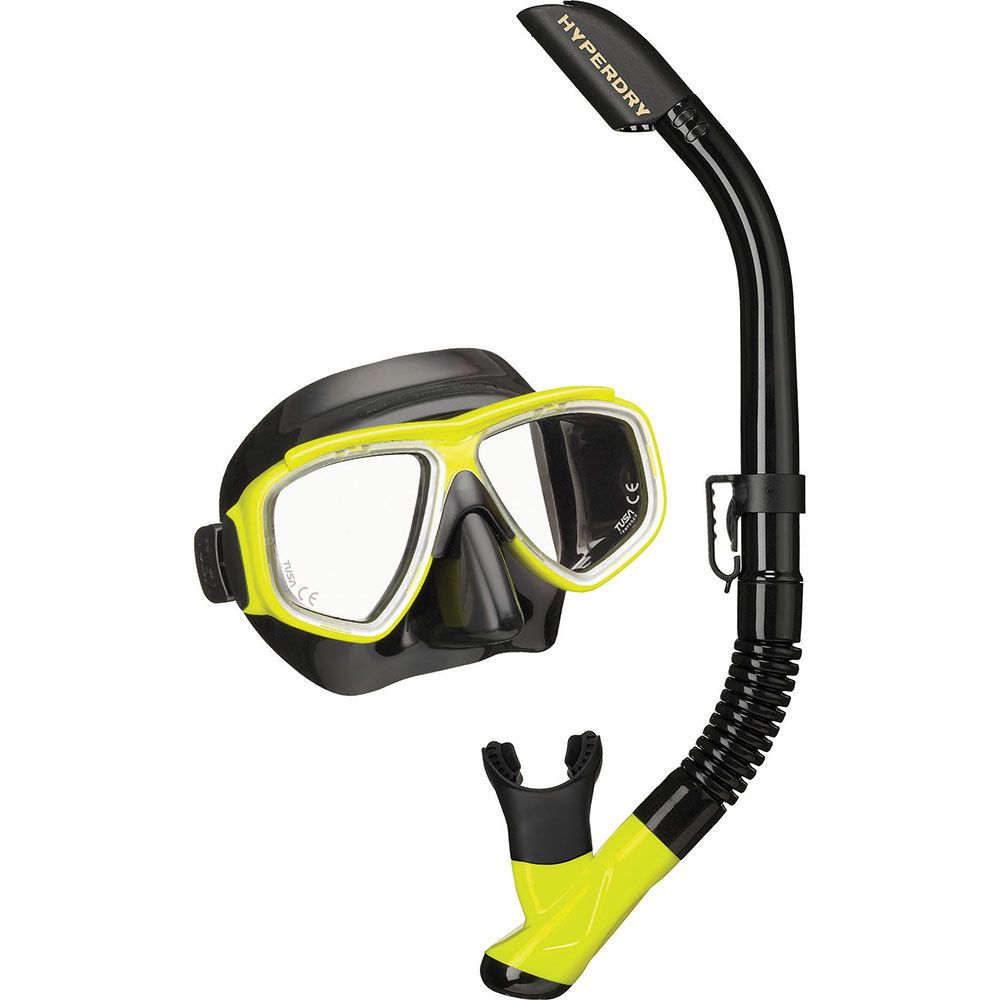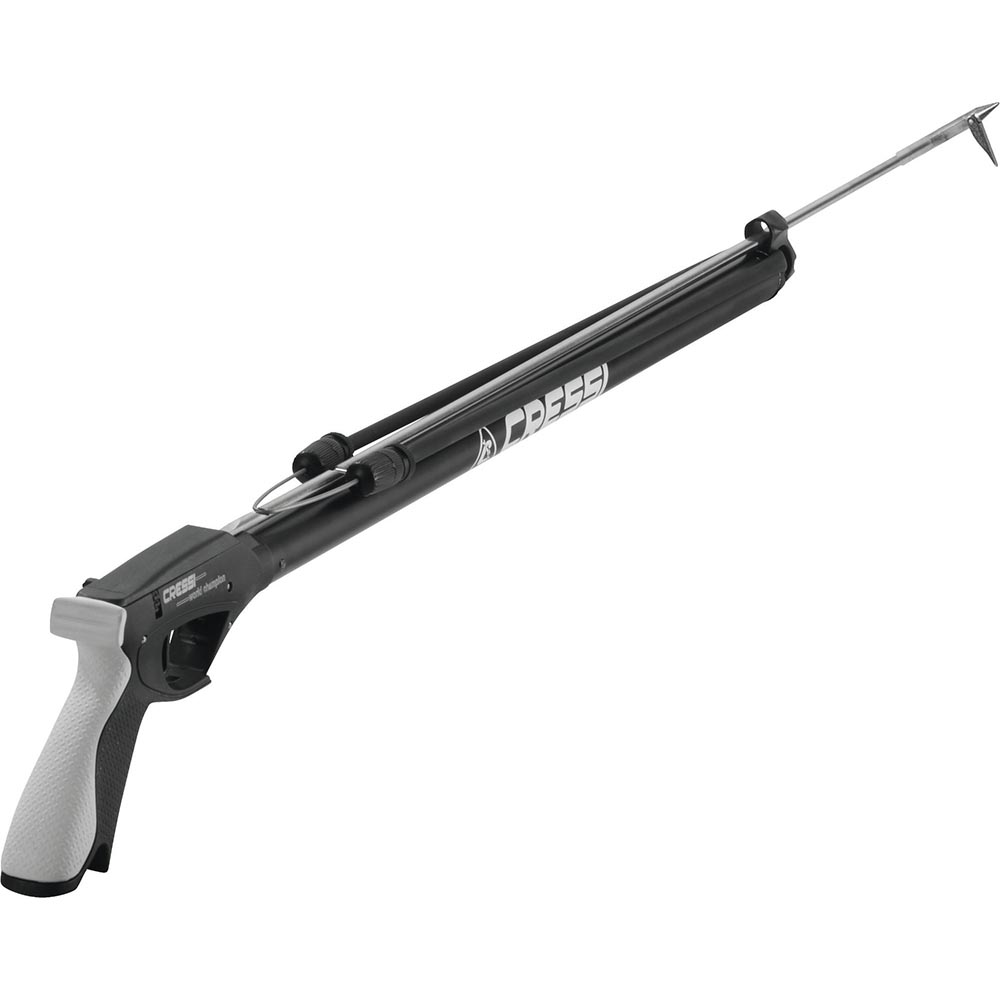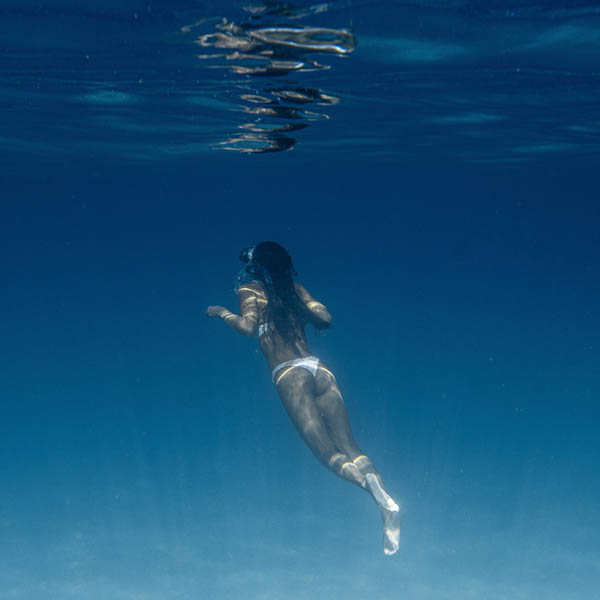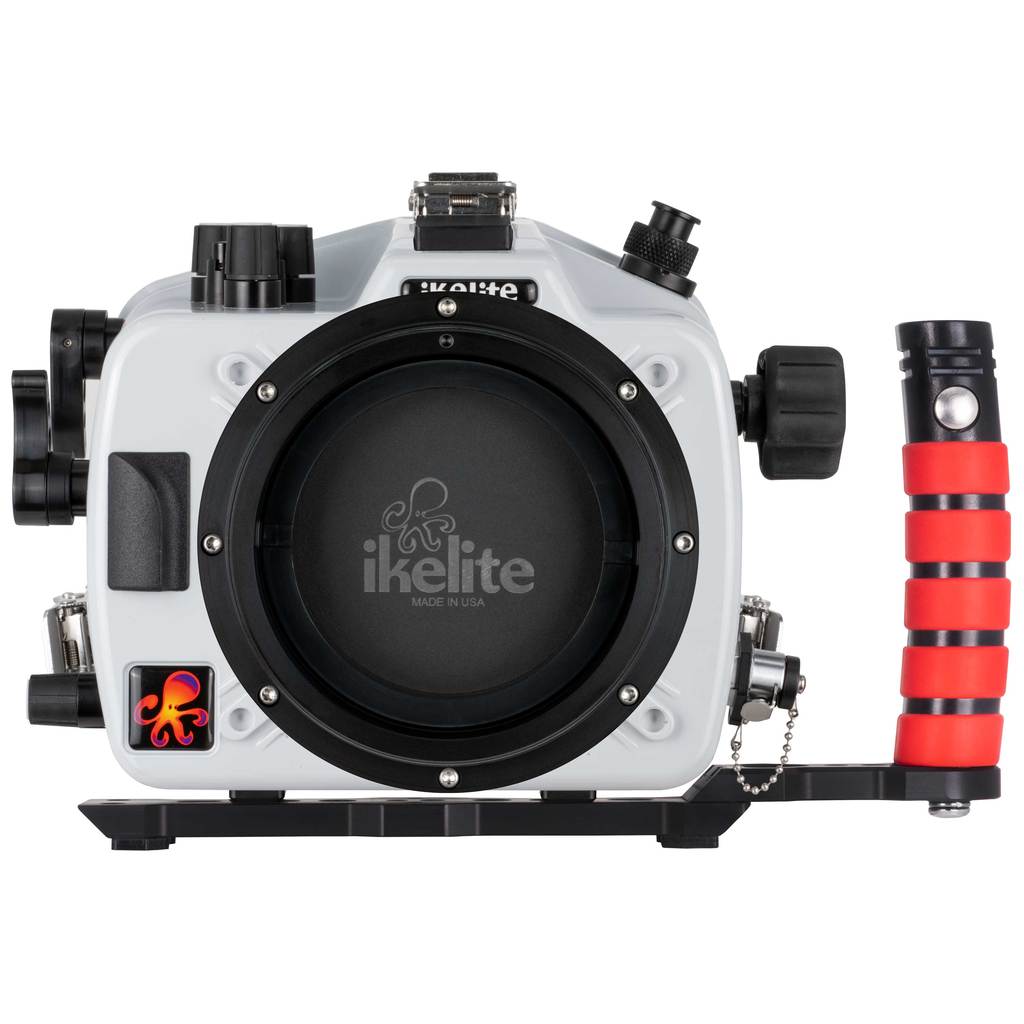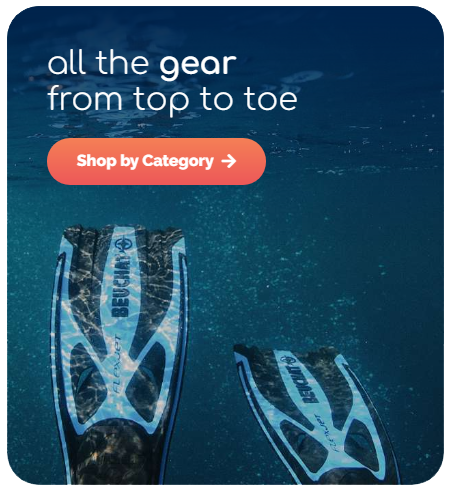Wetsuits
Find here the superior quality wetsuits for all requirements!
Wetsuits come in a range of 2mm to 8mm thickness and are made from high quality Ultraspan neoprene or Chillproof multi-layer fabrics. Choose between one piece or two piece wetsuits, hooded wetsuits or hooded vests, open cell or closed cell wetsuits, all suitable for scuba diving, snorkelling, freediving or spearfishing.
For the stealth spearfisher we have a range of magnificently camouflaged wetsuits using latest technology to make you invisible in the water!
Which wetsuit should I buy?
A wetsuit is a very important piece of personal gear, so make sure it fits exactly your requirements. If you are a newbie to wetsuits, it will help you greatly to understand how wetsuits actually work and why they keep you warm. It will help you choose the right wetsuit for you.
First and foremost, wetsuits are a great piece of watersports equipment to have. They work for multiple types of watersports, like scuba diving, snorkeling, surfing, spearfishing, freediving waterskiing, jet skiing, canoeing etc. A wetsuit is a personal piece, and anyone who can afford to own one should do so over renting a wetsuit.
So, how do wetsuits work?
Wetsuits are designed to provide a snug, comfortable fit to help keep you warm when diving in cold water. They work by trapping a thin layer of water between the suit and your skin. This layer of water is warmed up by your body, creating a protective barrier of warmth that helps to keep you insulated against the cold water. The neoprene (or other material) of the wetsuit also helps to keep you warm by providing an extra layer of insulation. By trapping the warm water and providing insulation, wetsuits help to keep you warm and comfortable while diving in cold water.
How and where will you use your wetsuit?
To guide you to the right suit you must consider where you are going to use it.
Are you snorkeling in the tropics or diving in cold waters? Are you a surfer and mostly worried about surface windchill or are going to dive deep water temperature are freezing? As a rough rule of thumb, the colder the water and deeper your are diving, the thicker your wet suit needs to be. You will find that most wetsuits refer to 3mm, 5mm, 7mm etc. This refers to the thickness of the neoprene, as most suits of reputable brands are neoprene wetsuits, The higher the number, the warmer the wetsuits and the colder the water you are going to be swimming or diving in.
Some wetsuits are made with two or even three thicknesses to give you maximum warmth and more flexibility. The thicker the neoprene, the less flexible it is. That is why some suits come with a thicker core, to protect your torso from the cold, a medium thickness on the legs, and a thinner thickness for the arms, to add flexibility. This will then be denoted by multiple numbers like 4/3 (core 4mm, limbs 3m), or 5/4/3 (core 5mm, legs 4mm, arms 3mm).
To add warmth, you can accessorize and add neoprene boots, wetsuit hoods and wetsuit gloves to any wet suit that you have chosen. These accessories in fact will give a lot more flexibility with your gear.
As a rough guide relating water temperatures and wetsuit thickness you could go by this chart:
| Range (°F) | Water Temp Range (°C) |
Wetsuit Thickness | Recommended Wetsuit Type |
| >72° | >22° | N/A | Rash guard, sunblock rashie |
| 65°- 75° | 18° – 24° | 0.5 mm – 2/1 mm | Wetsuit Top / Shorty |
| 62°- 68° | 16° – 20° | 2 mm – 3/2 mm | Springsuit / Full Suit |
| 58°- 63° | 14° – 17° | 3/2 mm – 4/3 mm | Full Suit + Boots |
| 52°- 58° | 11° – 14° | 4/3 mm – 5/4/3 mm | Full Suit + Boots + Gloves + Hood |
| 43°- 52° | 6° – 11° | 5/4 mm – 5/4/3 mm | Full Suit + Boots + Gloves + Hood |
| 42° and below | 6° and below | 6/5 mm + | Full Suit + Boots + Gloves + Hood |
It is important to bear in mind that there is more than just water temperature to consider when selecting the appropriate wetsuit. Other elements to think about are your exposure to wind, sun, and how well you personally tolerate the cold.
For windy conditions, opt for a wetsuit with a rubber panel for extra protection against wind chill. And if you are surfing, jet skiing, or kayaking and there is no sun, think about upgrading to a thicker wetsuit as the top layer of water will not be able to keep you warm.
Think about your activity level too. If you are going to be very active you are less likely to be cold, and you wouldn’t want to choose a wetsuit that will even overheat you.
What type of wetsuits are there?
Full Suits
Full suits are the most common type of wetsuit due to their versatility and ability to be suitable for a range of temperatures. They provide the most warmth, with long sleeves extending to the wrists and legs to the ankles. Sometimes Full suits are called steamer wetsuits.
They are a must for waters at 18 C/ 66°F and below with thickness dependent on the temperature.
Shorty Wetsuits
For more mobility and less neoprene, shorty wetsuits are a nice choice for dives in warmer waters (about 19 C/70°F and higher). These wetsuits have short sleeves to the elbows and the legs go almost to the knees, giving you full flexibility in your limbs and keeping your torso warm.
Even if you’re a cold-water diver, it could be beneficial to keep a shorty wetsuit in your closet. The advantage of a shorty wetsuit is that it provides additional warmth without being too bulky and uncomfortable. Additionally, if you decide to wear a full-length wetsuit for colder dives, you can always wear your shorty wetsuit above it, for added warmth and insulation through your core. This layering technique is especially useful for cold water dives since the extra insulation helps to keep your body warm and comfortable for longer periods.
One-piece Wetsuit vs Two-piece Wetsuit
As you would have noticed, some suits come as one piece (1PC), and some are two-piece wetsuits (2PC), consisting of a wetsuit top or a wetsuit jacket, and wetsuit pants.
While they essentially work in the same way – they trap a water layer between the suit and the skin – freediving wetsuits and spearfishing wetsuits are often designed as two-piece wetsuits, while snorkelling suits and scuba diving suits are mostly one-piece wetsuits.
Choosing one over the other is personal preference.
While many people find it a lot easier to get in and out a one-piece wetsuit, there are some advantages to a two-piece wetsuit. These are particularly useful when spearfishing or freediving: A two piece wetsuit tends to be more flexible and offers better movement abilities (which you need when freediving and spearfishing), they have a better anatomical fit, allow for ease of breathing to mire flexible expansion of the torso, and they offer additional warmth (for long and deep dives), as over the lower torso area a two piece wetsuit will have double thickness neoprene. Two-piece wetsuits often feature better seals and thus allow less cold water to enter and circulate the suit. Most two-piece wetsuits have a hood attached, which is a money saver.
So, depending on your activity type and level and personal preference, choose a one-piece wetsuit or a two-piece wetsuit.
What are open cell wetsuits and closed cell wetsuits?
Most wetsuits are made of neoprene, and these types of wetsuits can be open cell wetsuits or closed cell wetsuits. Neoprene is made of millions of air bubbles and comes in thick sheets that is then cut and adjusted to the thickness of the prospective wetsuits, ie. 2mm, 3mm, etc.
Wetsuits that have an additional inner lining are called closed cell wetsuits. The internal lining makes it very easy for you to slide into the suit. Closed cell wetsuits are very durable and strong, however, the internal lining of your suit may decrease bit its flexibility.
Wetsuits with no inner lining are open cell wetsuits. What happens here? Neoprene is a synthetic rubber material that is composed of millions of tiny air bubbles. When it is cut, these air bubbles become exposed, allowing them to create a vacuum-like suction cup effect against the skin. This suction creates a secure and watertight seal when the material is worn, trapping body heat and keeping you much warmer in the water. This helps to prevent loss of body heat that can occur when diving in colder waters. Additionally, neoprene is also breathable, allowing you to remain comfortable even when wearing it for an extended period.
An open cell wetsuit with the same thickness as a closed cell suit will be a lot warmer.
While many people love the open cell suits because of the smooth feeling on the skin and the additional warmth compared to thickness (a thinner wetsuit means you need less weight for diving), open cell wetsuits need to be handled with utmost care.
The lack of internal lining makes it more vulnerable to tears and cuts when donning the suit. You must never use your finger nails, and you will require lubricant before you get into your suit. This could be a soap/conditioner mixture or a designated branded wetsuit lube.
While there is much to say about open cell vs closed cell wetsuits, ultimately, the choice of an open cell or a closed cell wetsuit is personal preference, as both types have their own pros and cons.
What is special about a Spearfishing wetsuit?
Spearfishers have very particular requirements when they are hunting. Spear fishers need a lot of flexibility in the arms to operate their spear guns and to collect their prey. Unlike scuba divers, they are quite active in the water, manoeuvring and swimming around. Spearfishers might need to crouch down somewhere or hide in the rocks, and of course they don’t want to be seen in the water.
Spearfishing wetsuits offer great solutions for all this. While spearfishing suits come as 1-piece or 2- piece wetsuits, the additional warmth around the torso provided by two-piece suits is makes this style often the preferred option, and within this style it is easier to go for high-waisted pants (rather than longjohns), as they are much easier to put on and take off.
Spearfishing wetsuits often have better reinforcements on seams, knees and chest to create better resistance to abrasions. High-end suits will have padded chest pads, to stabilise the spear gun.
And of course, invisibility Is a major ingredient of successful spearfishing! Different types of camouflage colours and patterns reflect the hunting grounds of a spear fishers. Different environment, different camouflage.
The most important thing – Does your wetsuit fit you?
Above all, your wet suit must be a good fit. Make sure you read the size table provided and check it against the measurements of your body.
If your wetsuit is too loose, it will not be able to form a tight seal against your body and will allow water to seep in. This will reduce the insulation effect, resulting in a colder dive.
On the other hand, if your wetsuit is too tight, it will constrict your movements and put pressure on your body, making it difficult to move or swim. Additionally, it can lead to uncomfortable chafing and even cut off circulation.
Therefore, it is important to choose a wetsuit that is neither too loose nor too tight. It should fit snugly against your body and allow a full range of motion while preventing water from entering and providing the necessary insulation.
